Free Childhood Image Generator
Just imagine, and we'll instantly return a variety of personalized Childhood images—designed to bring your creativity to life!
- 4:3
- 3:4
- 1:1

image.state.default
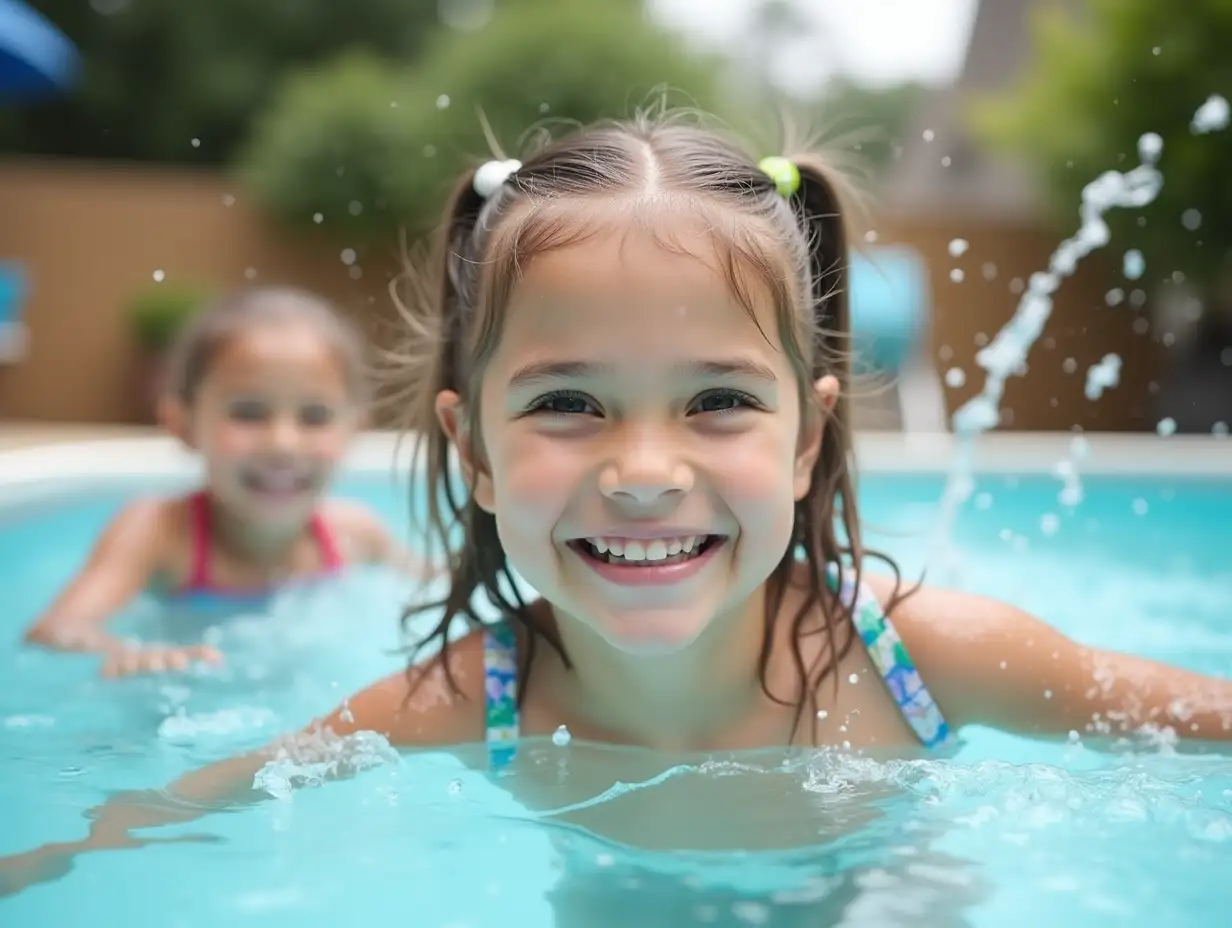
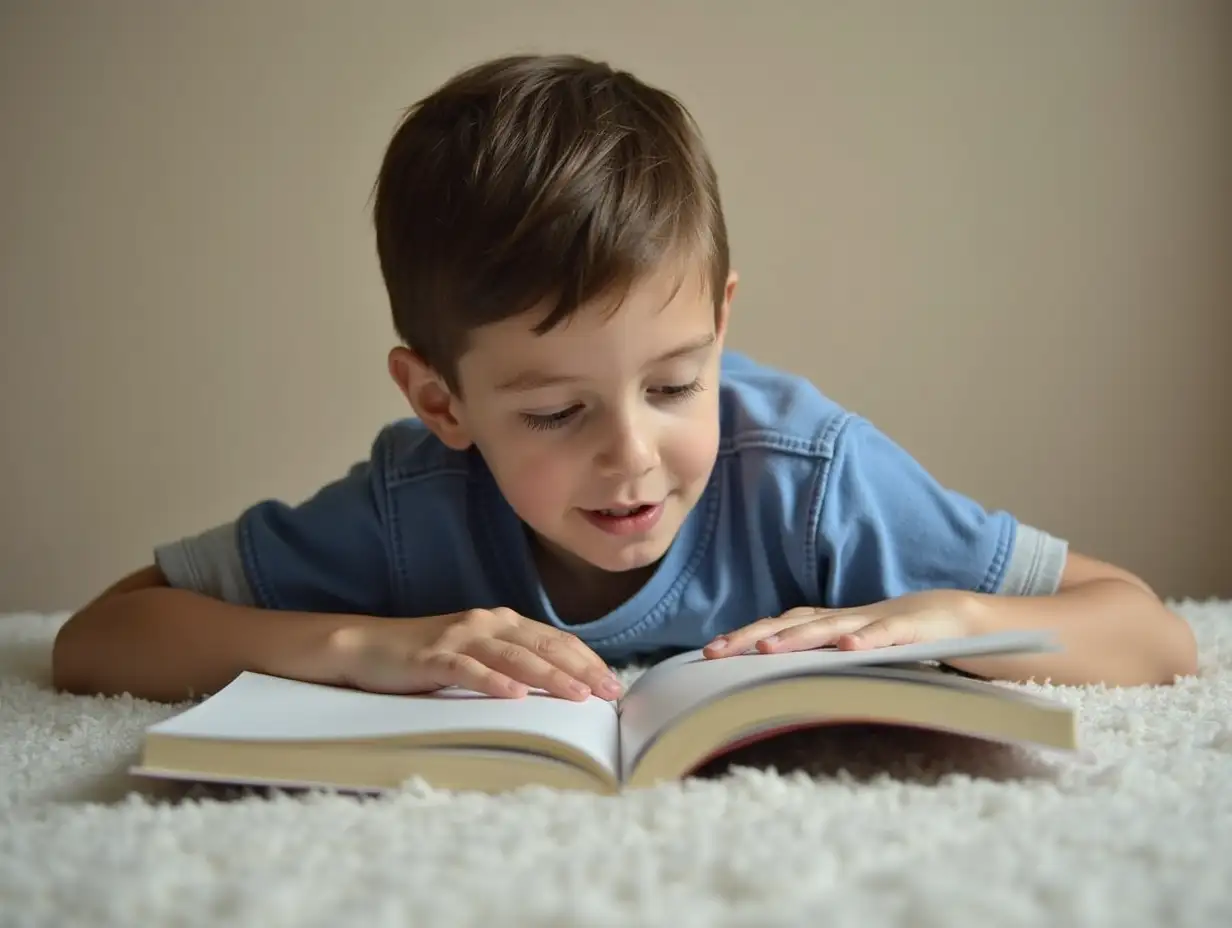
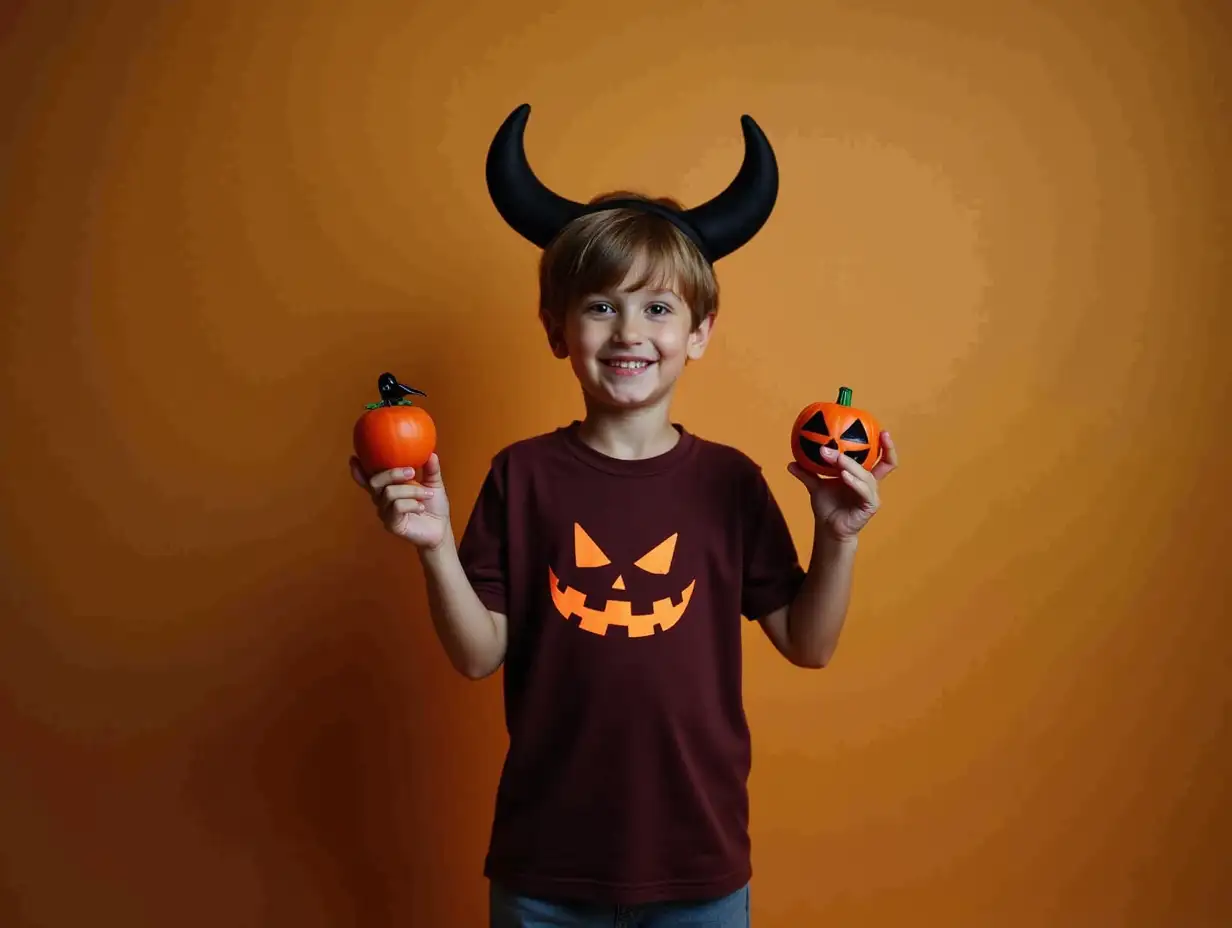
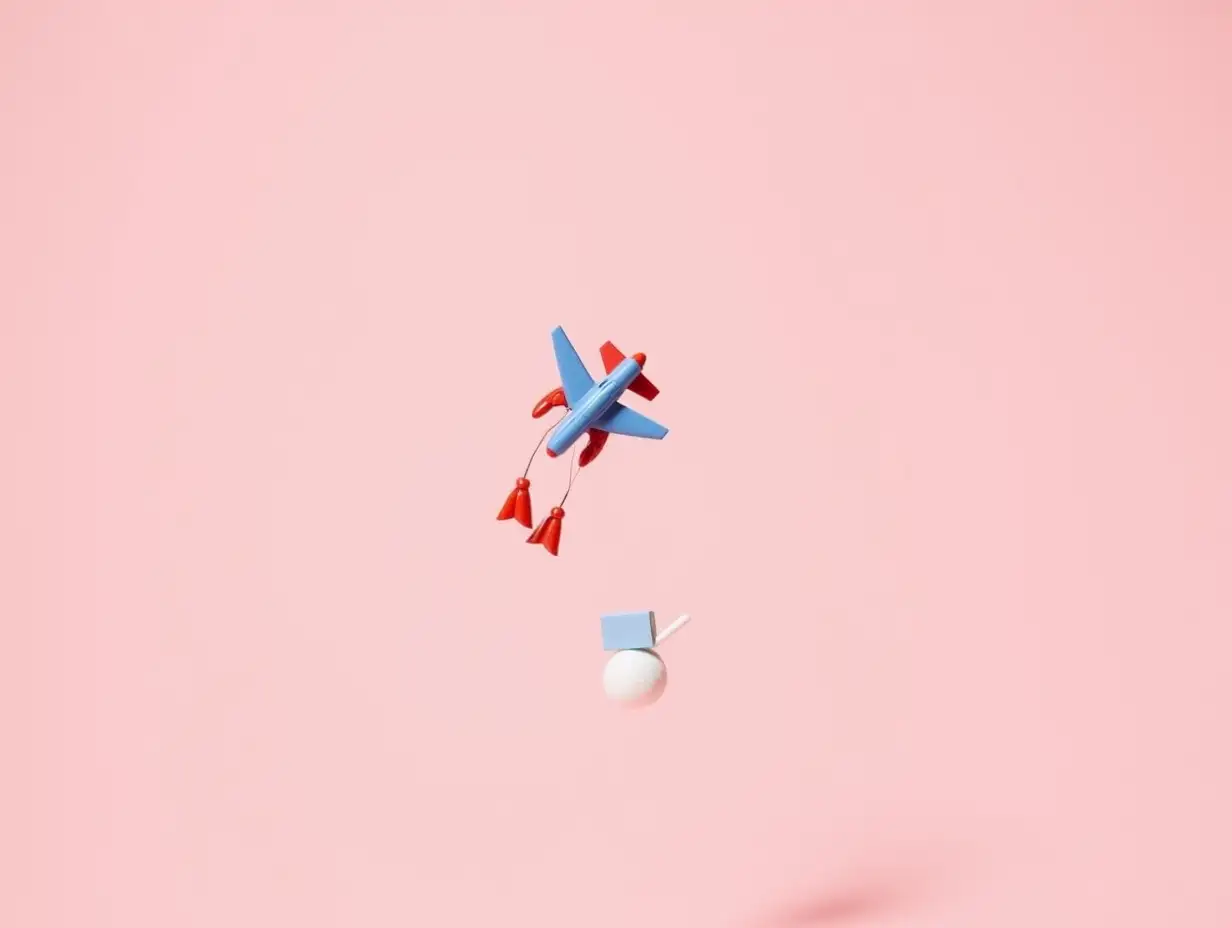
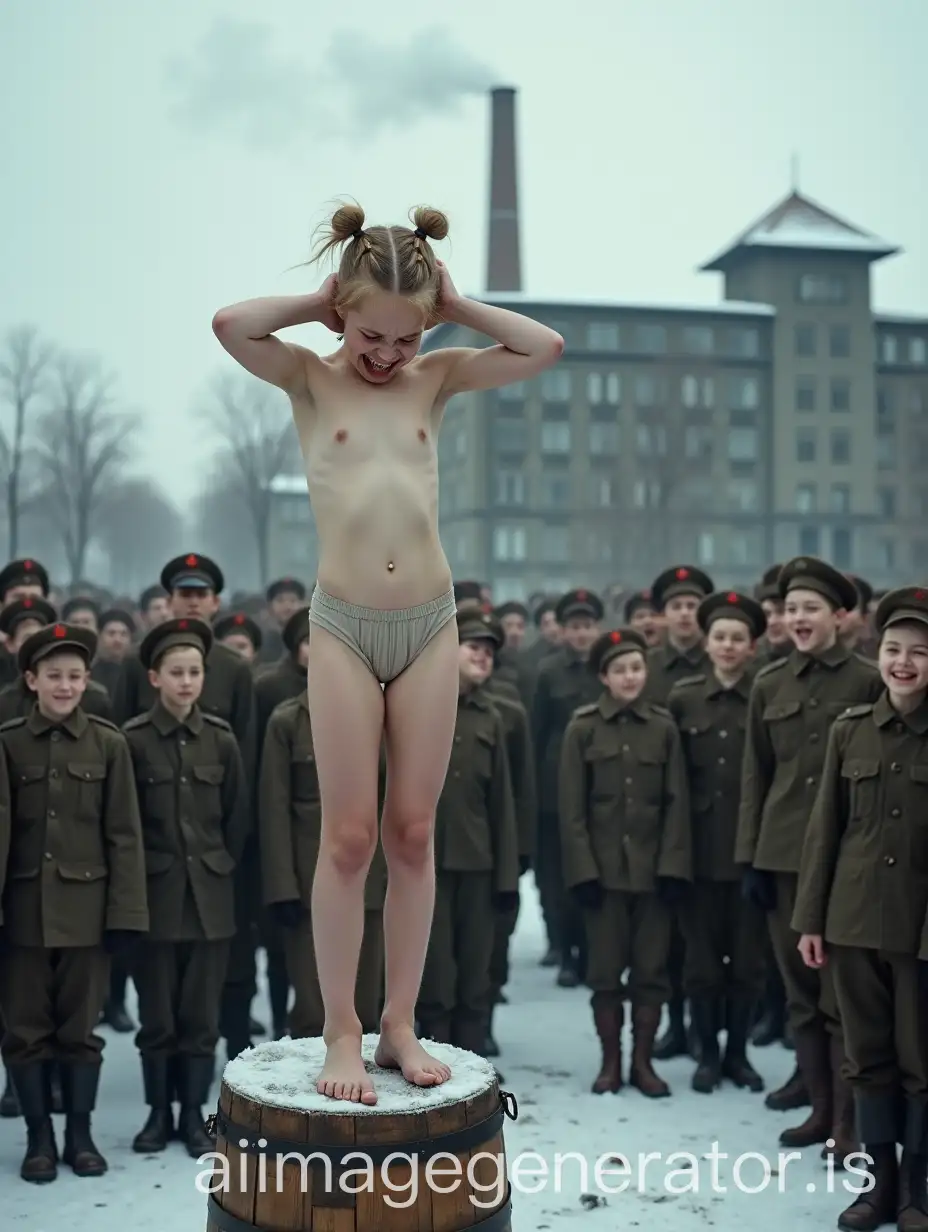
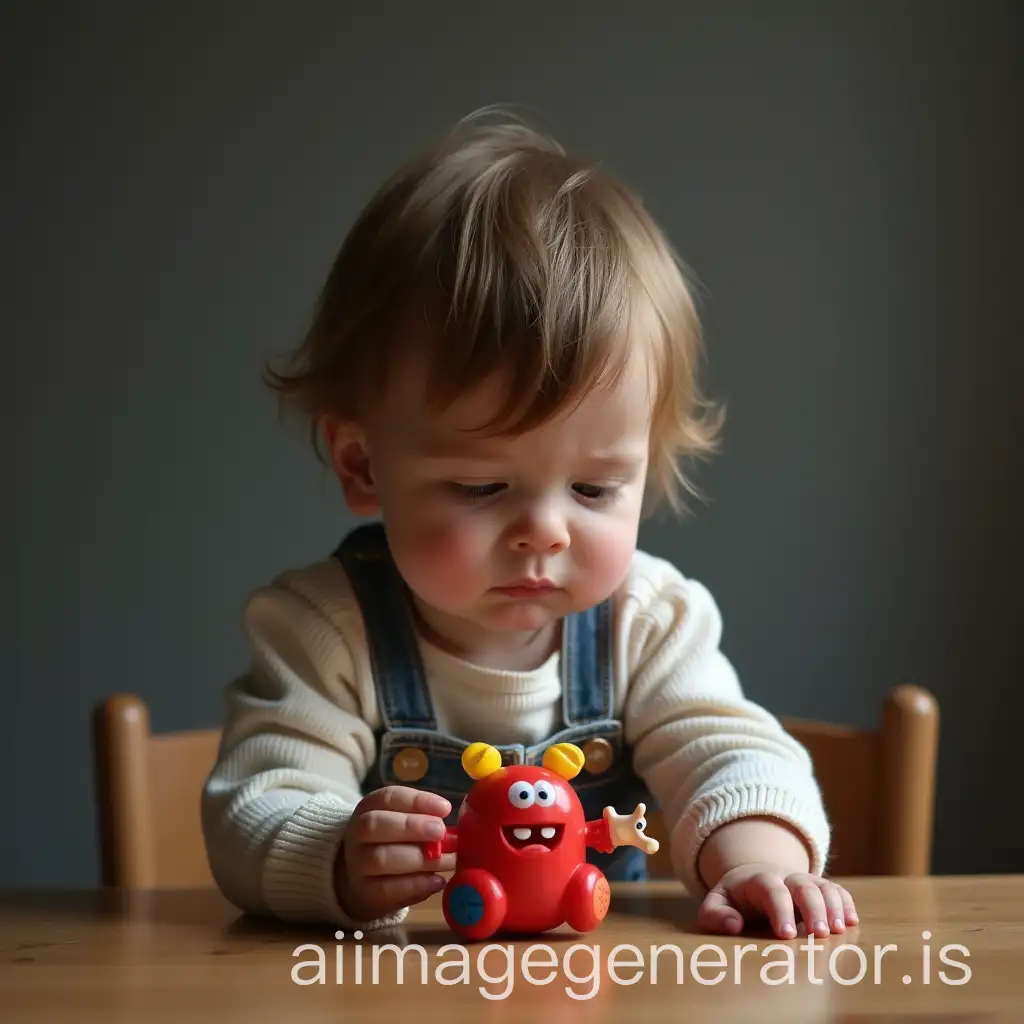
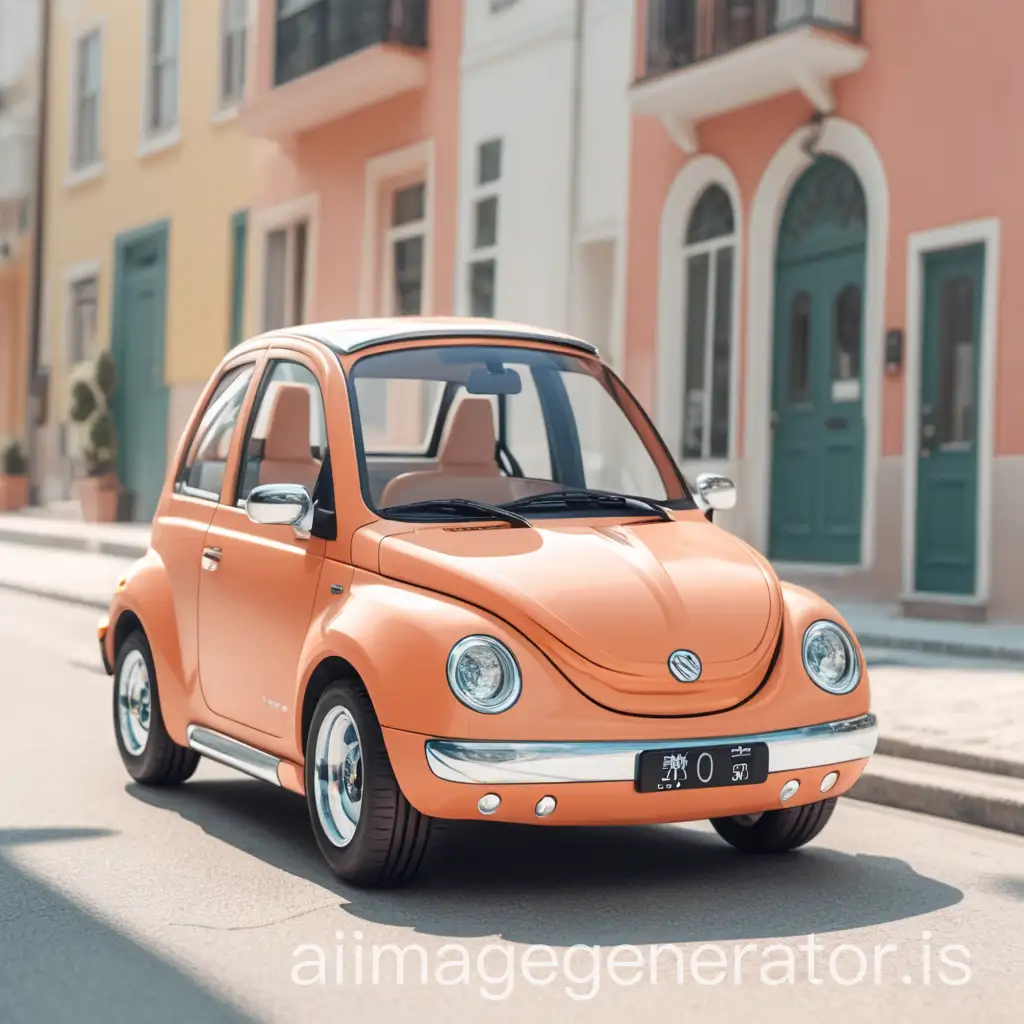
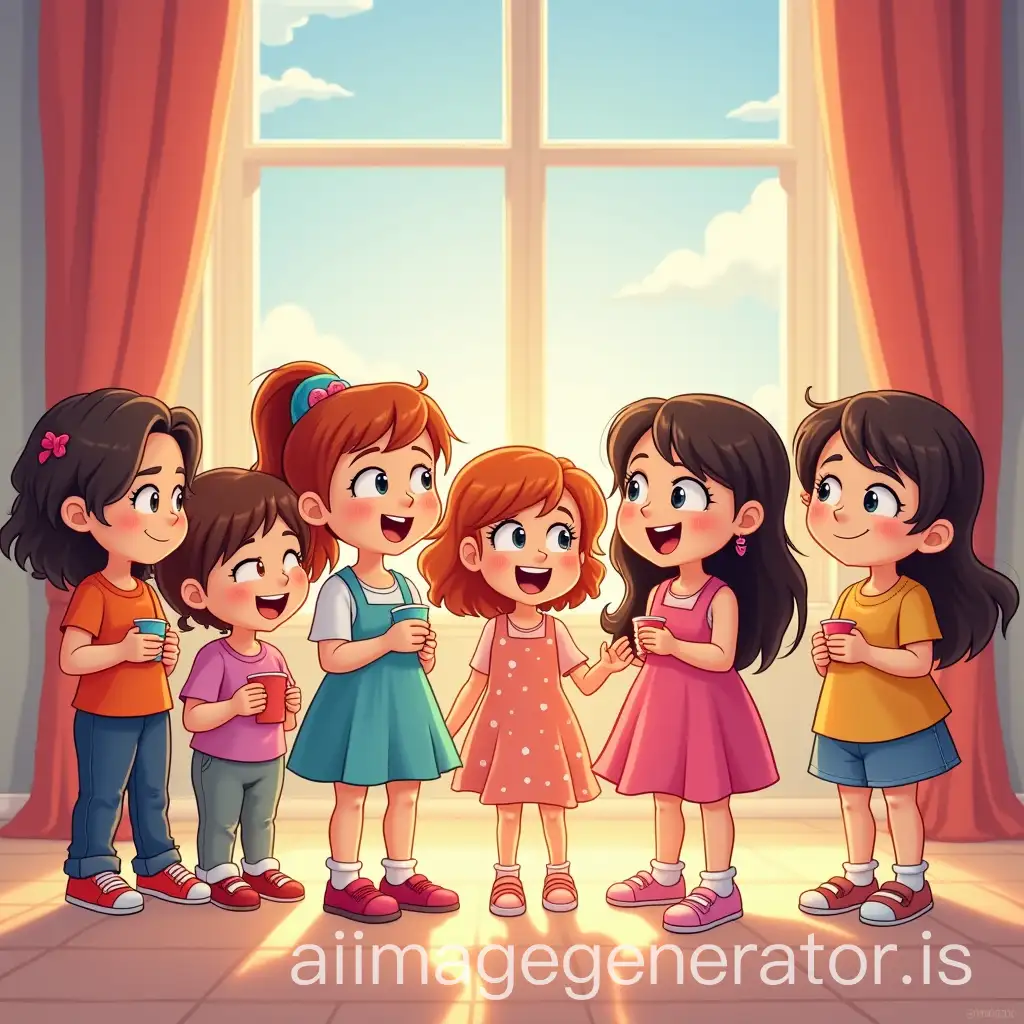
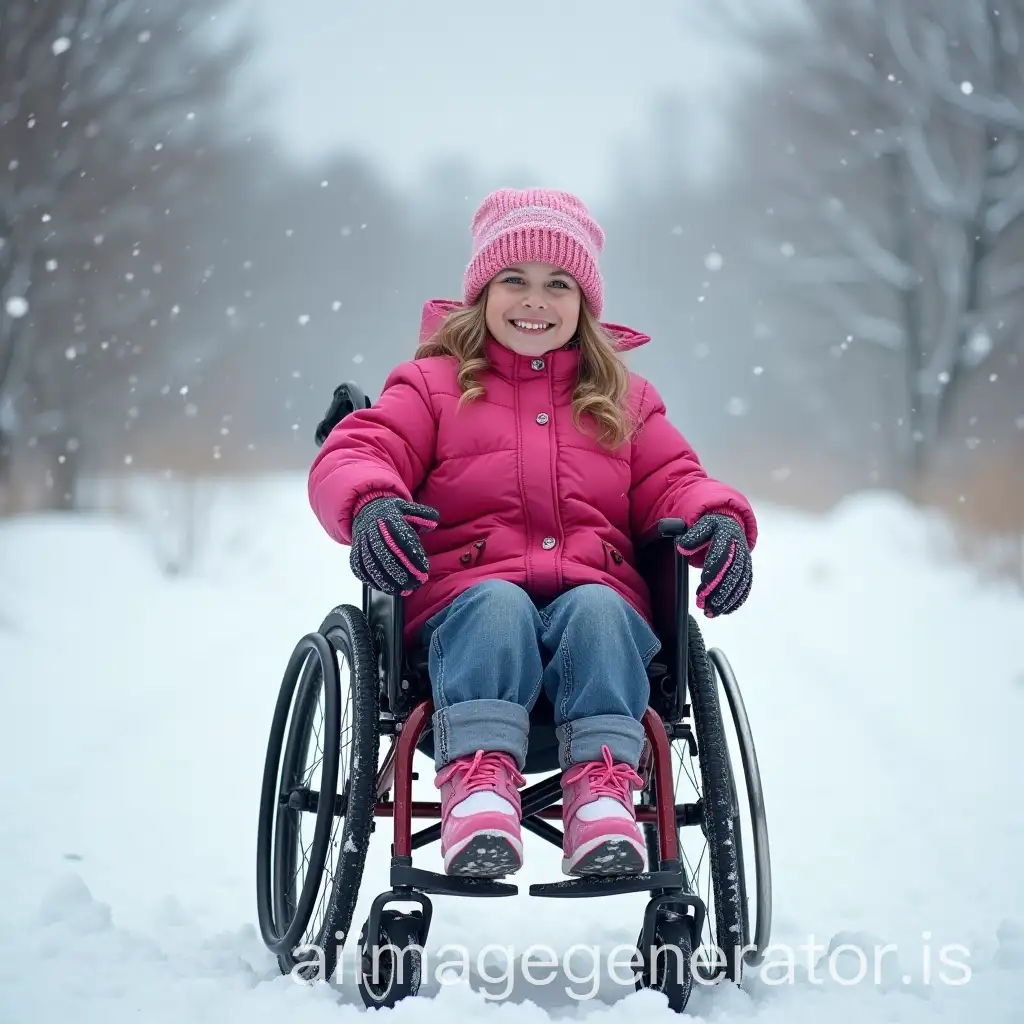
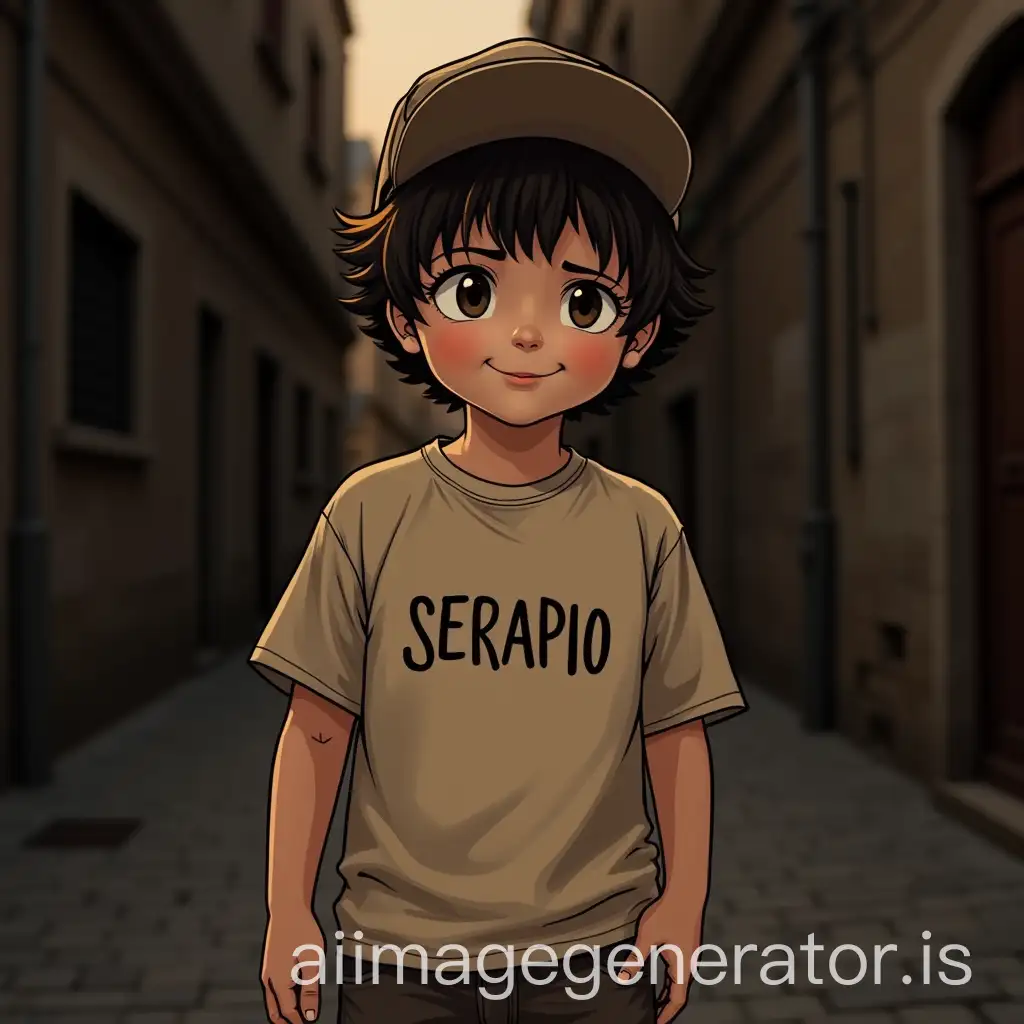
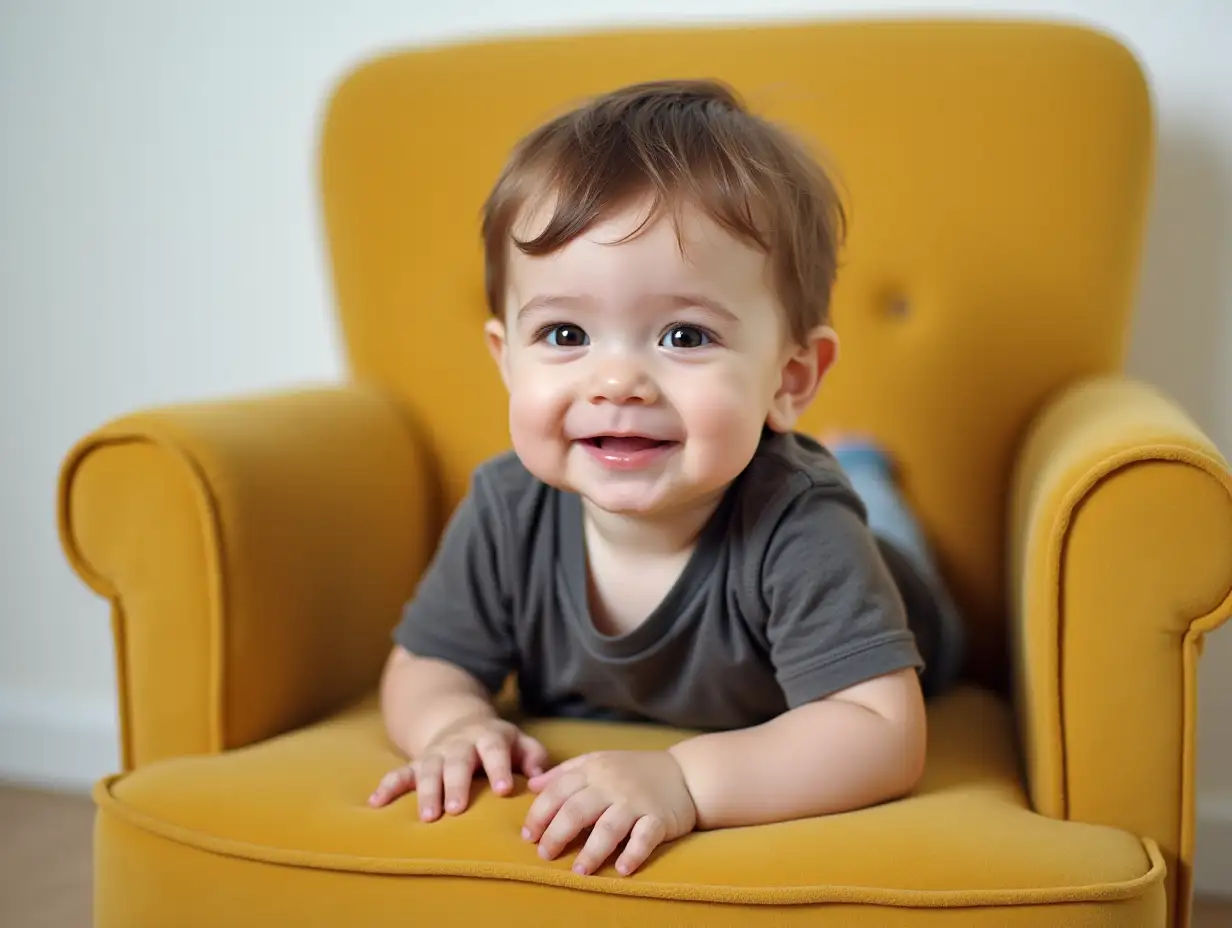

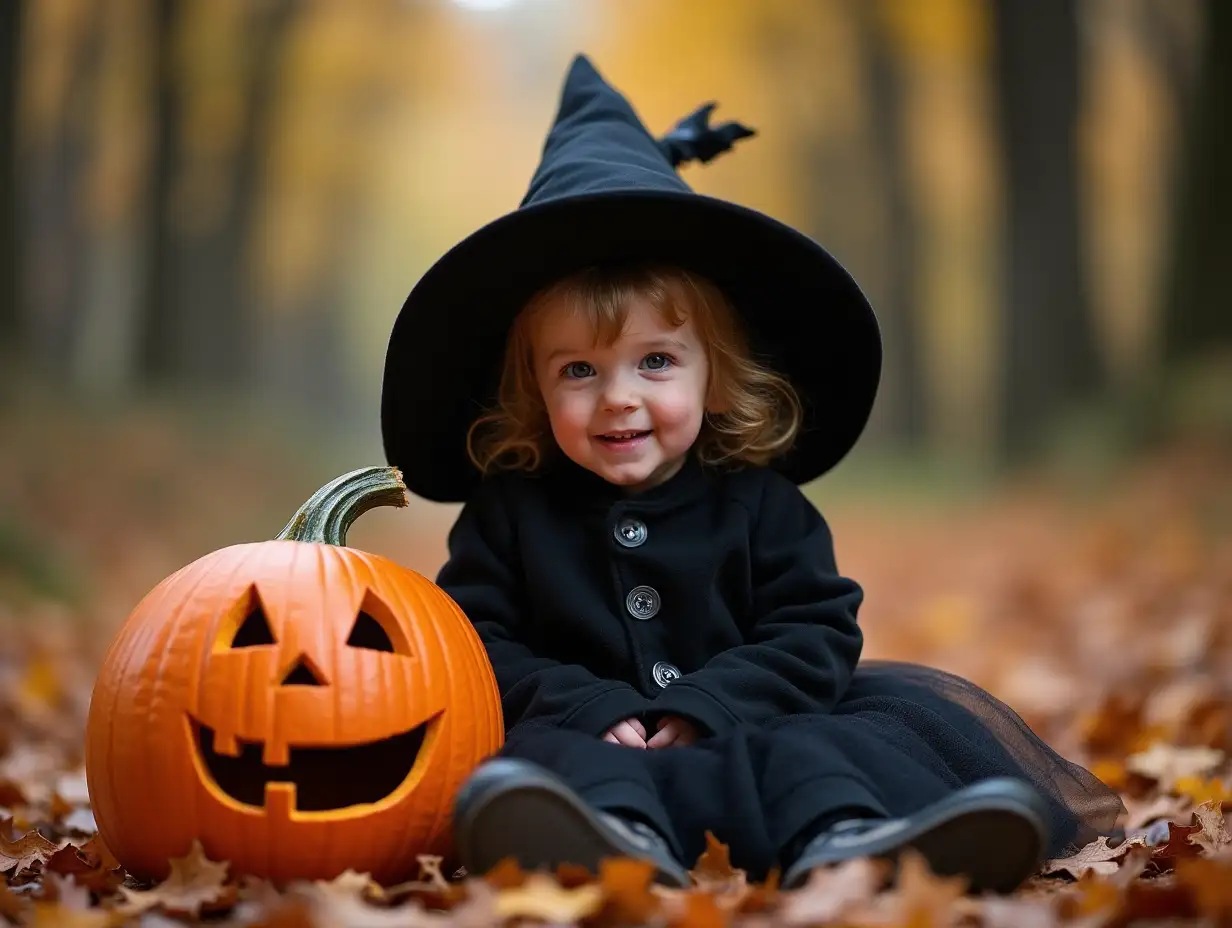

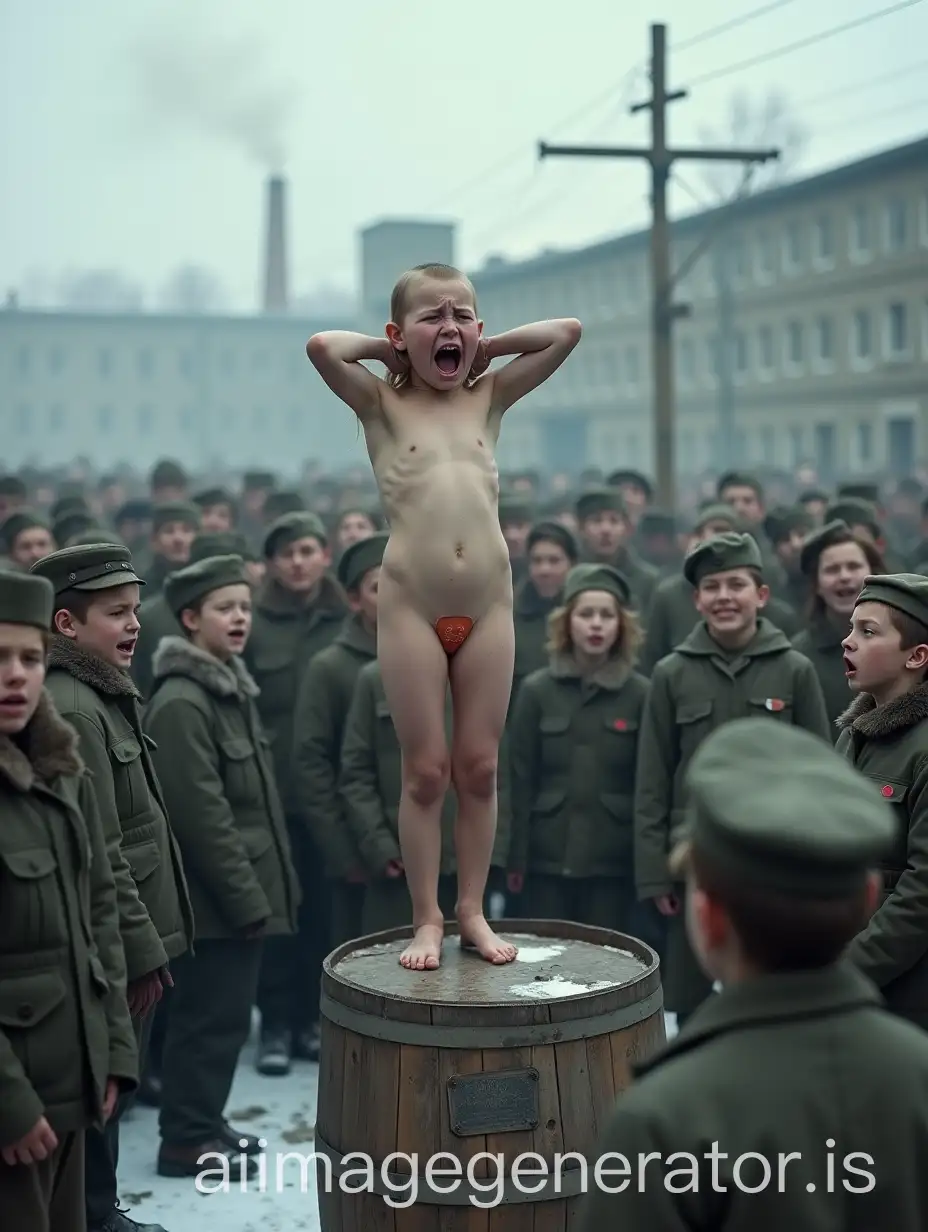
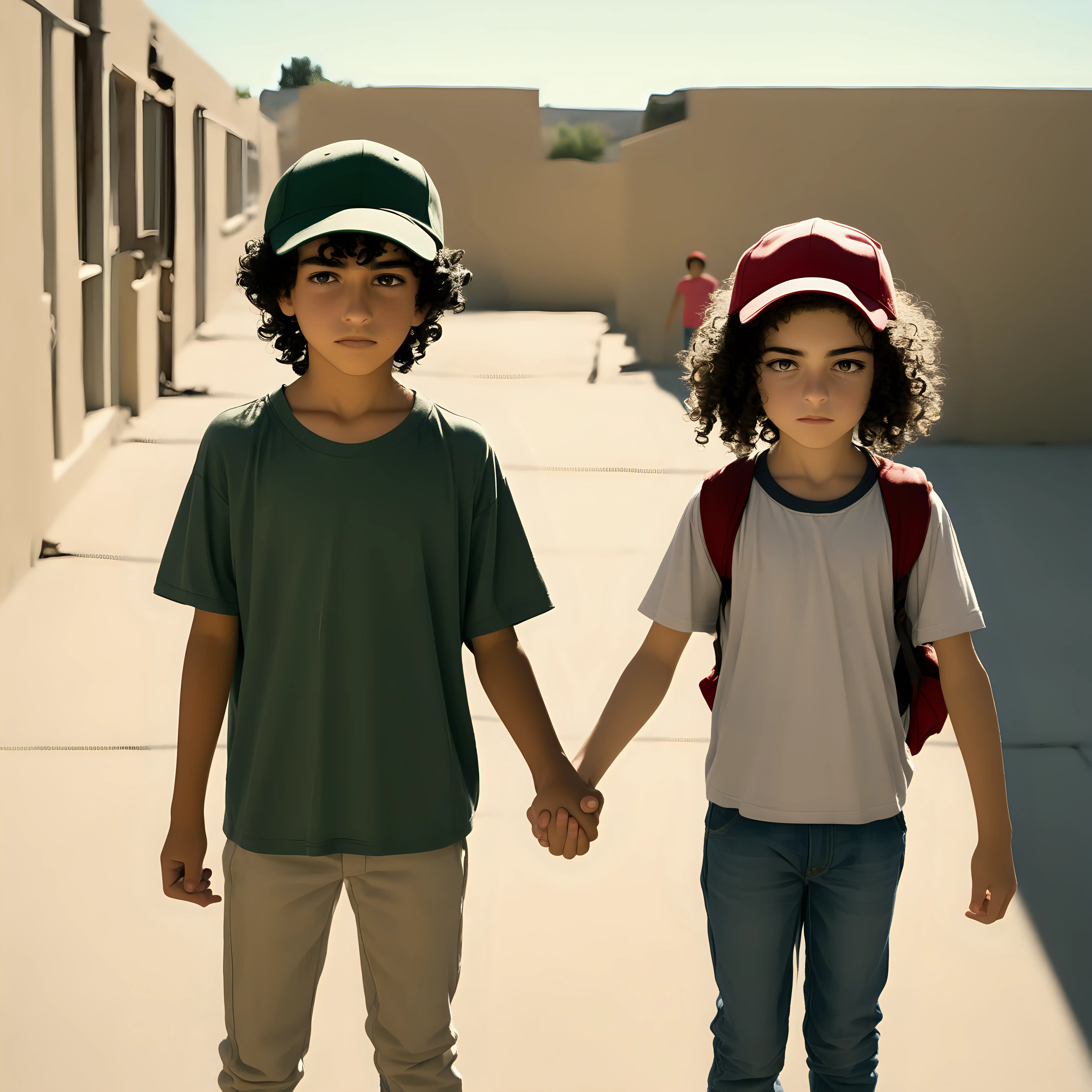
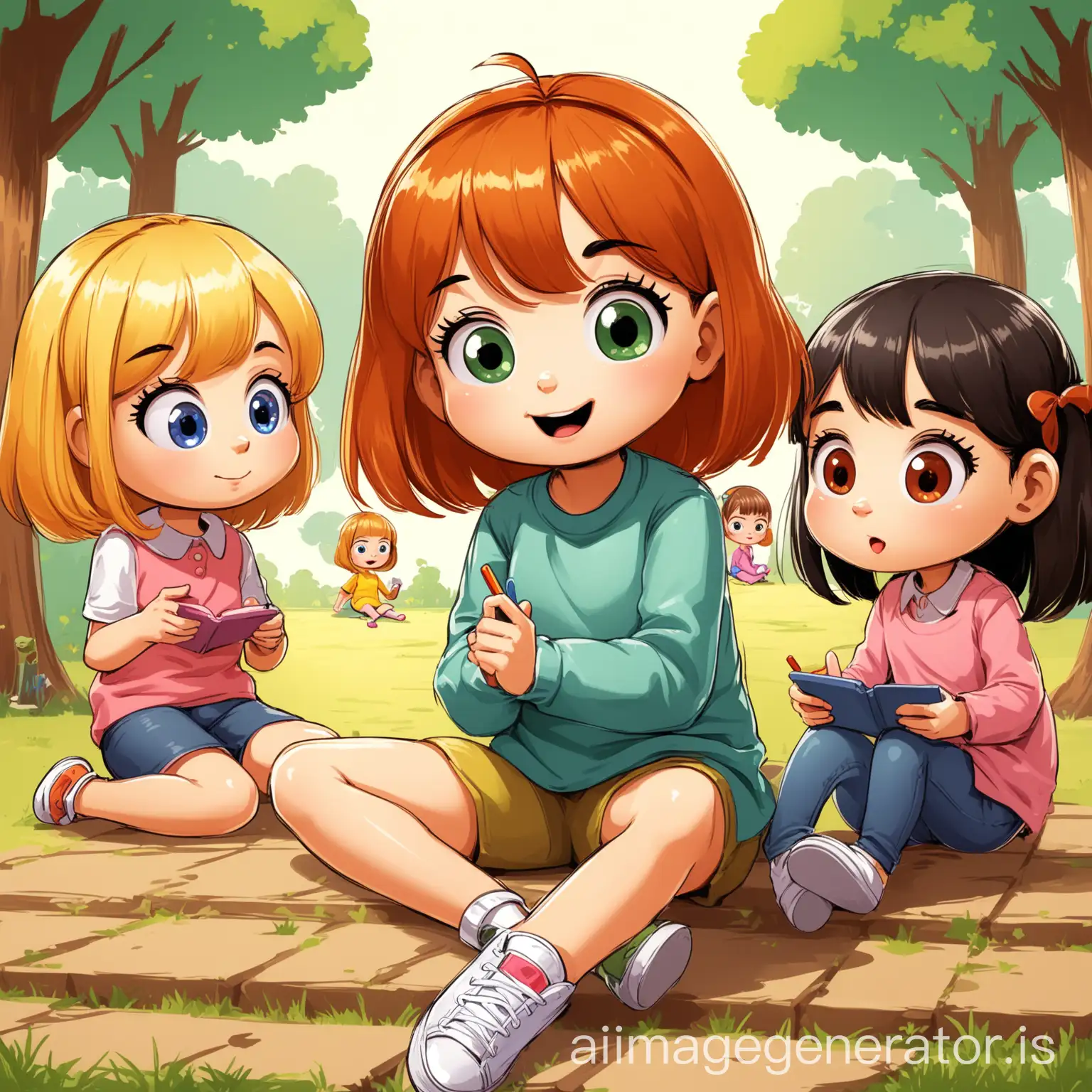
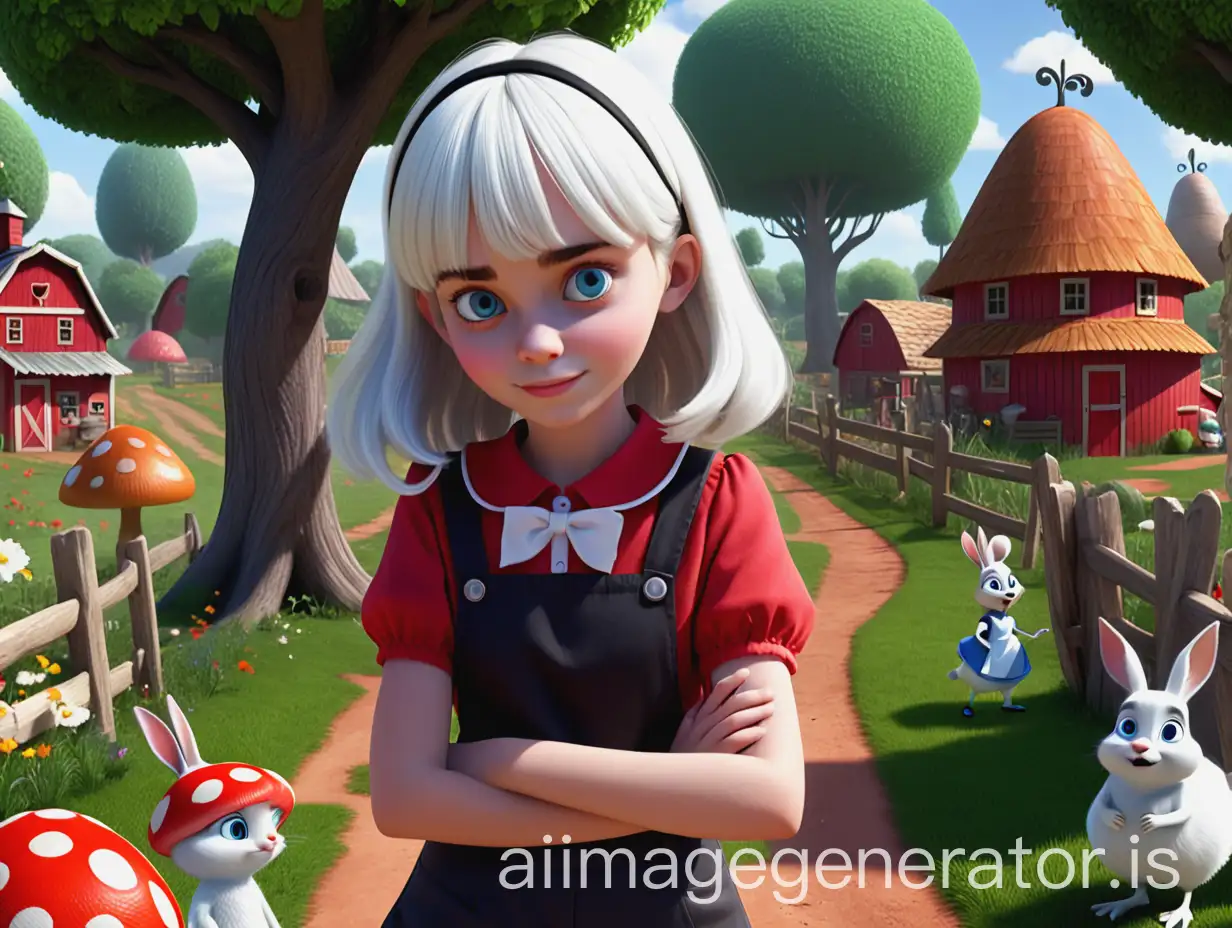


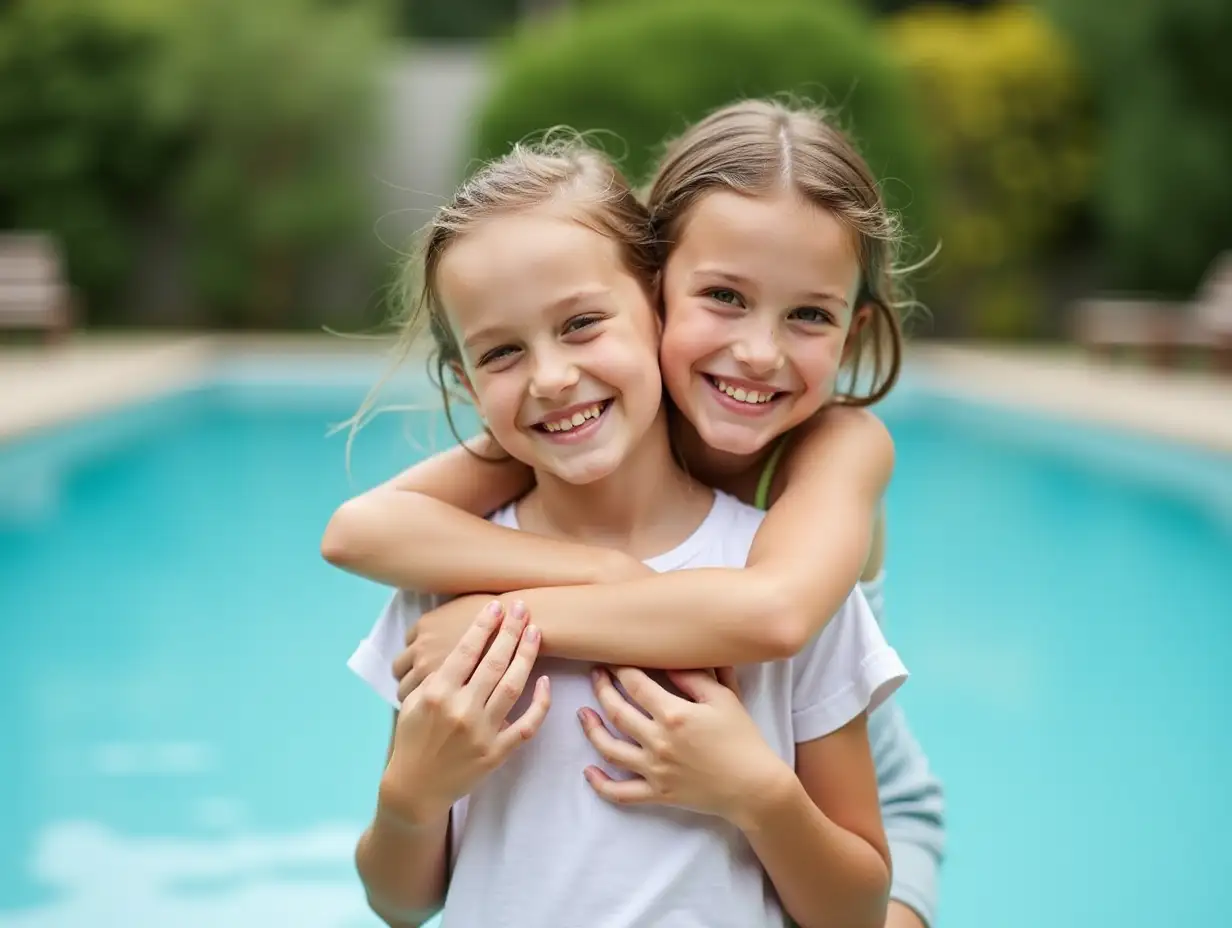
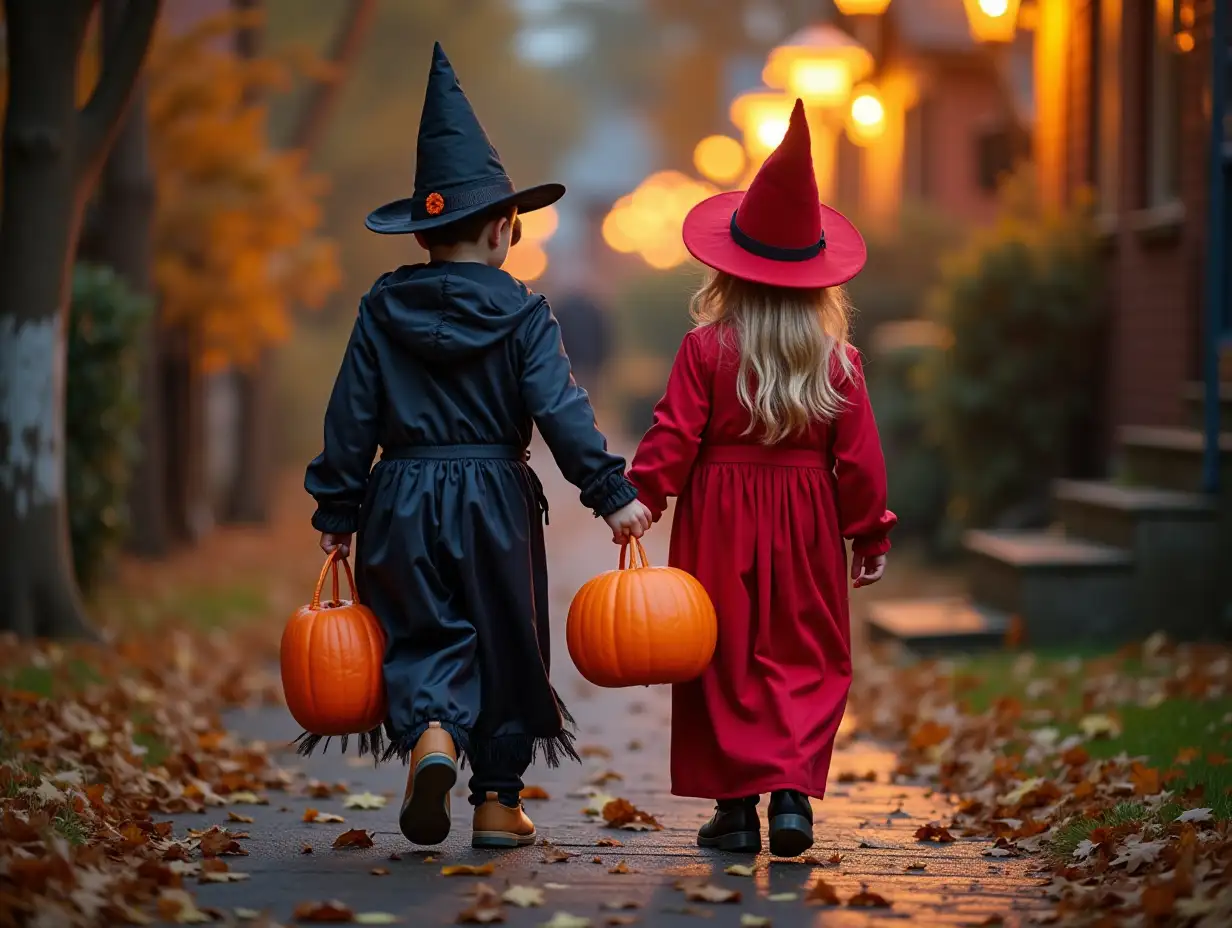
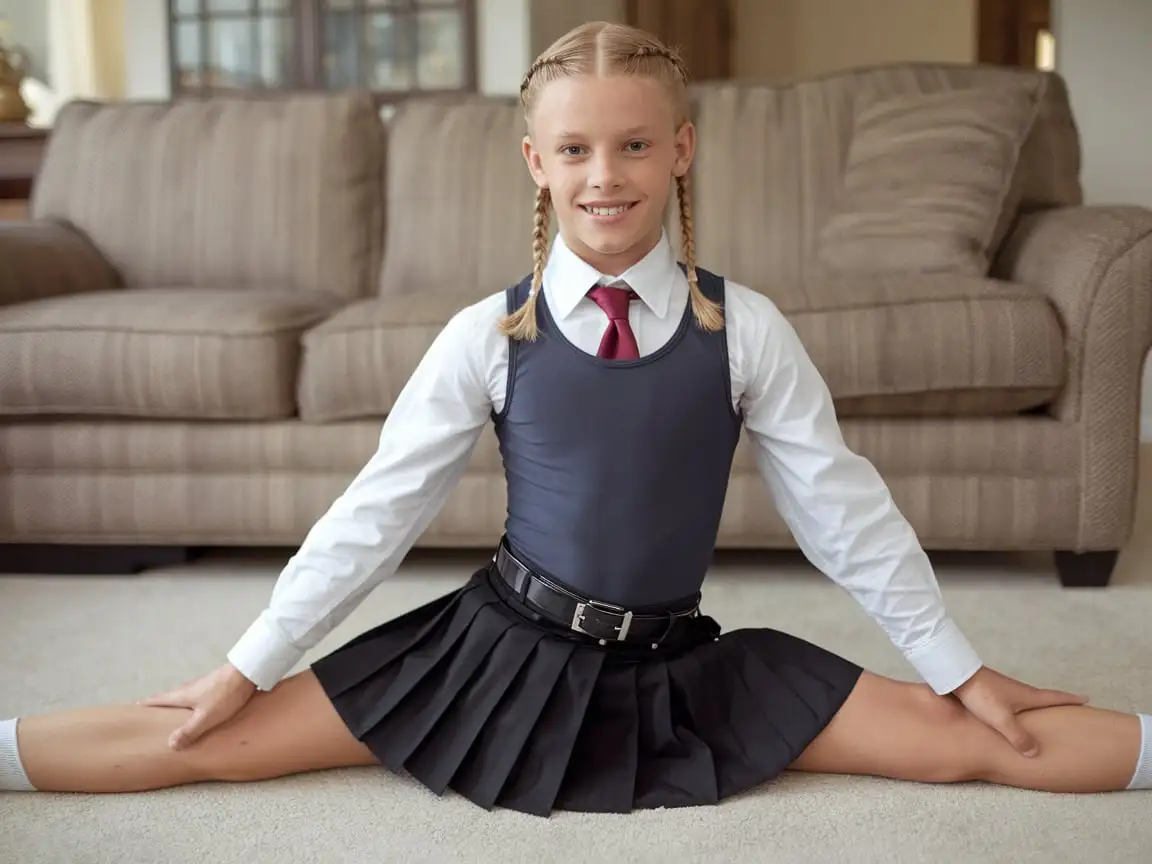
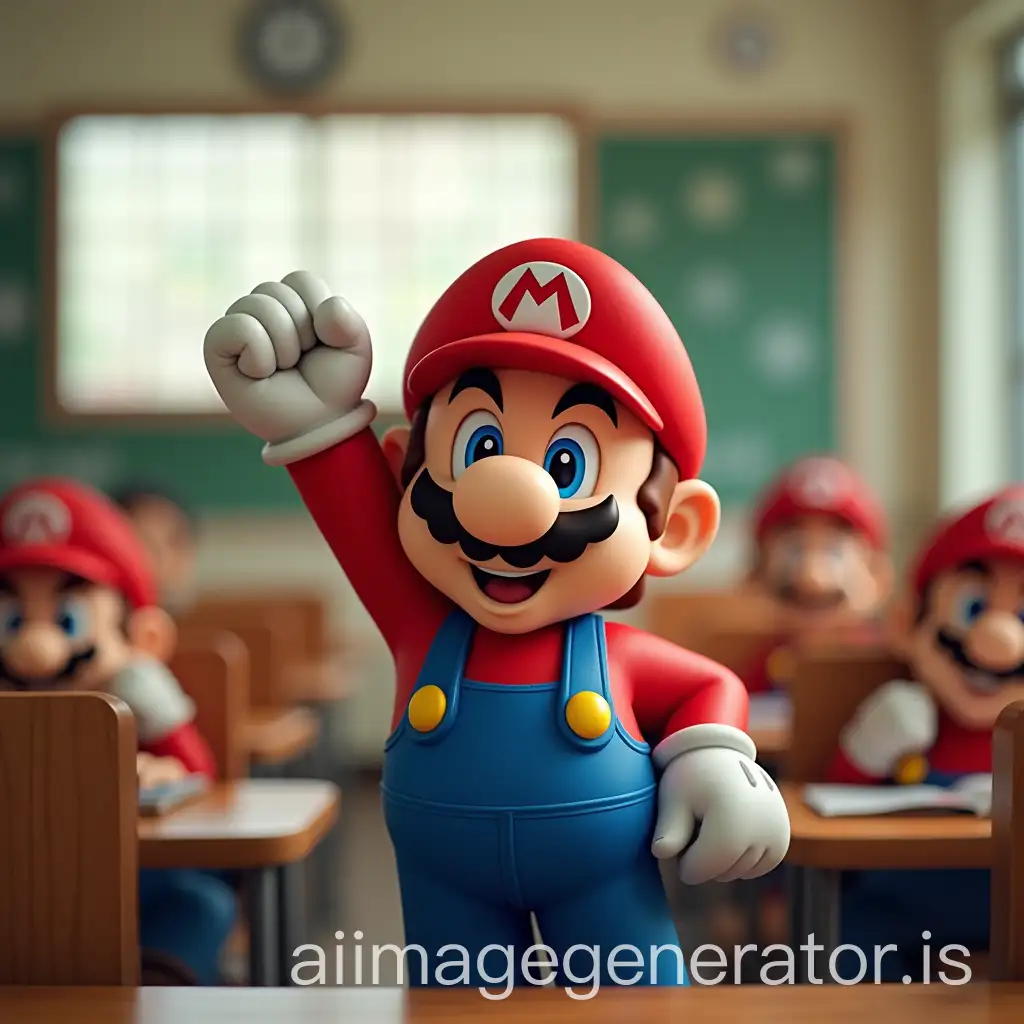
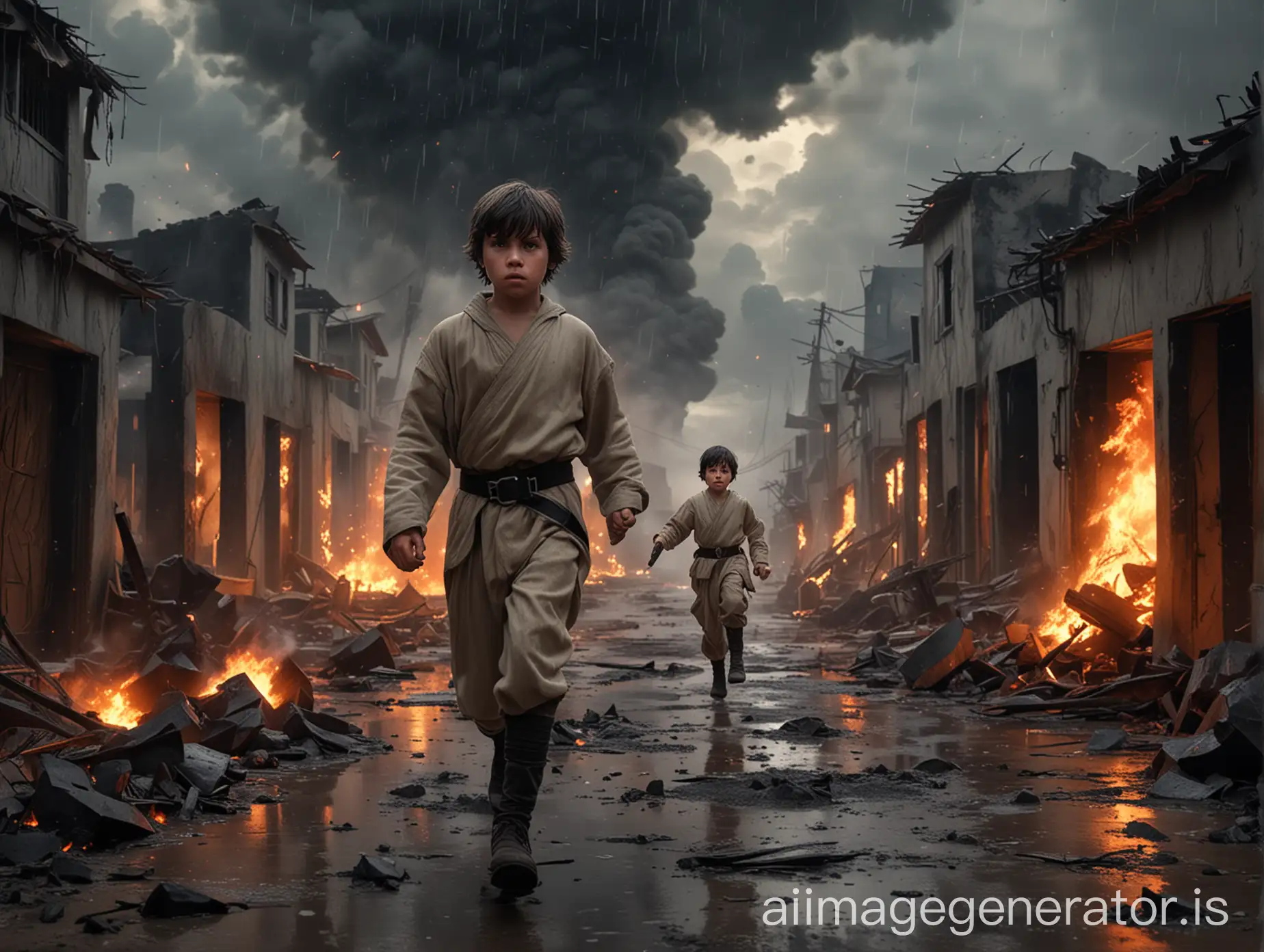
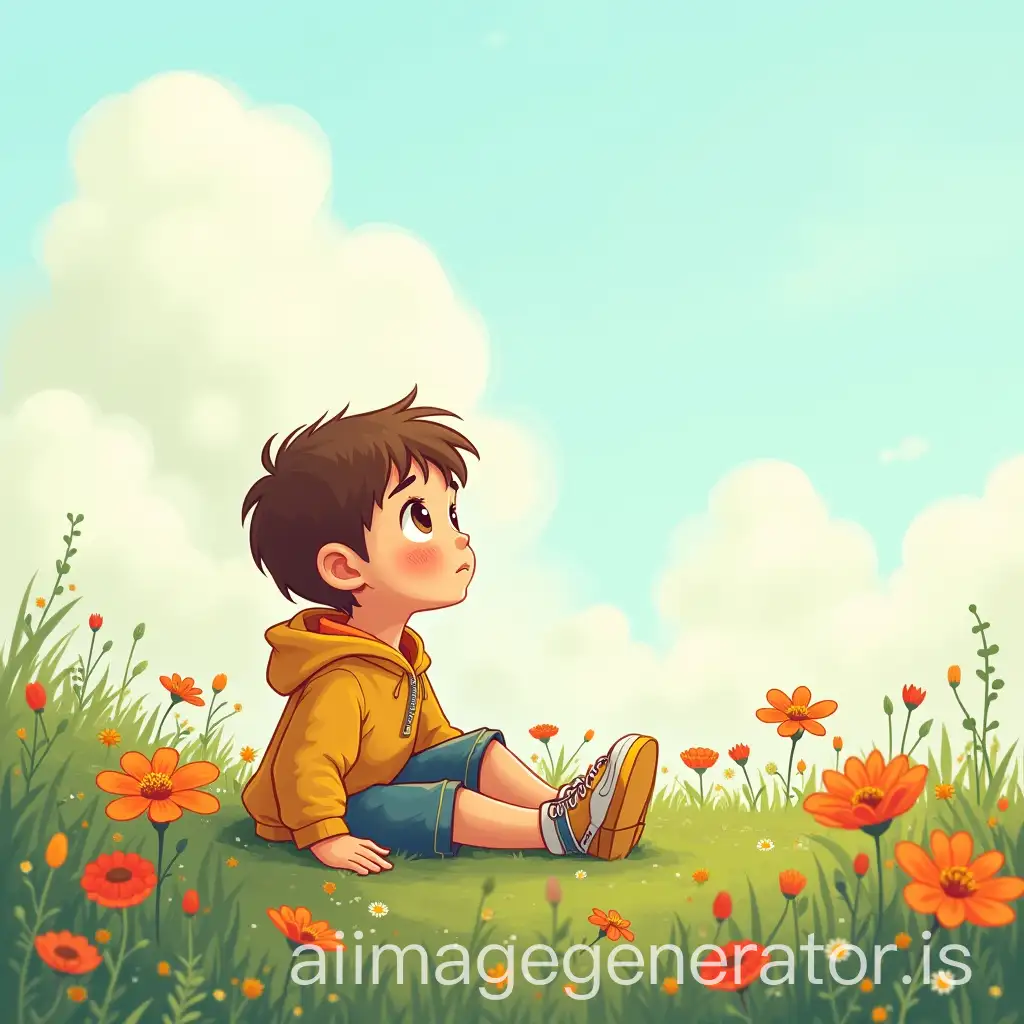
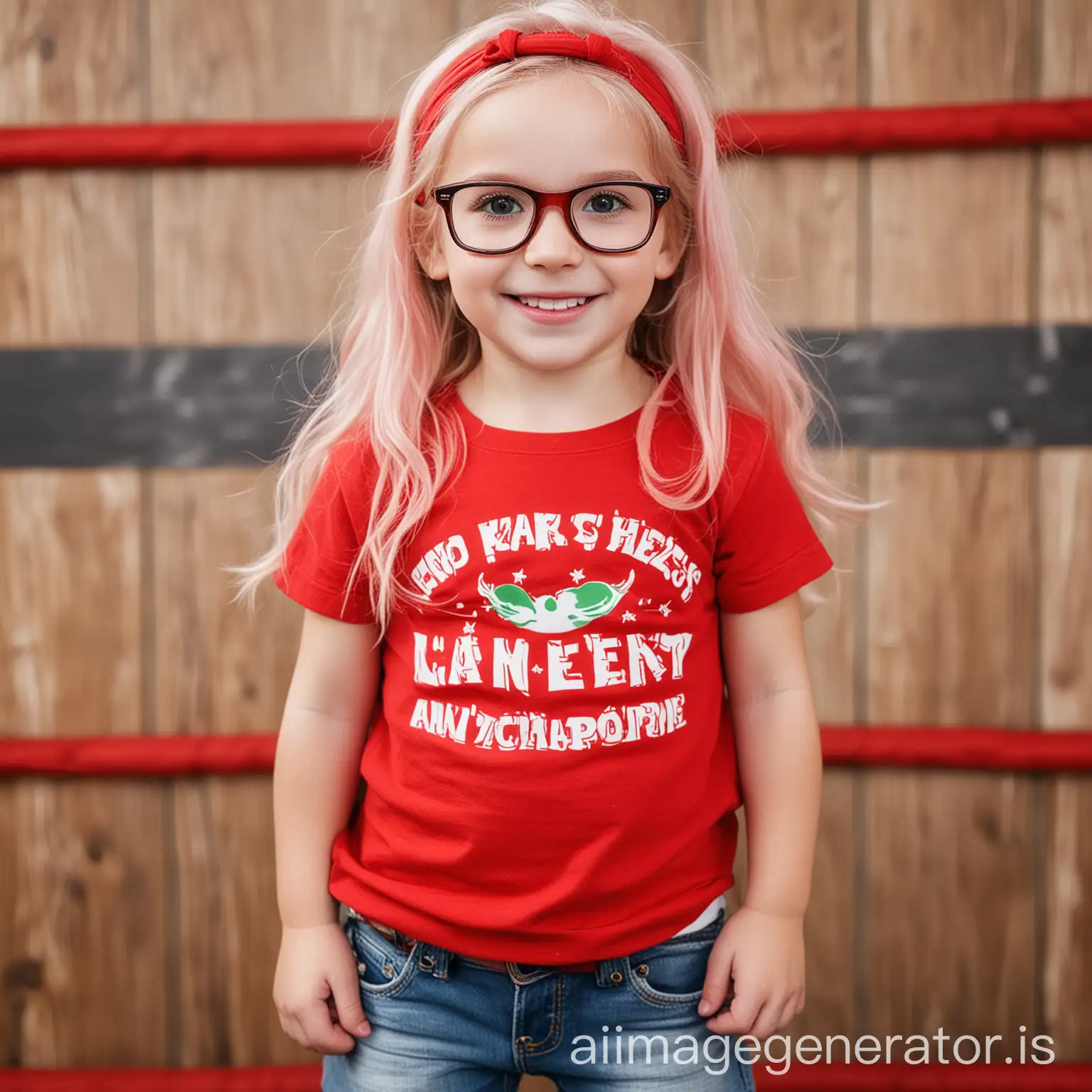
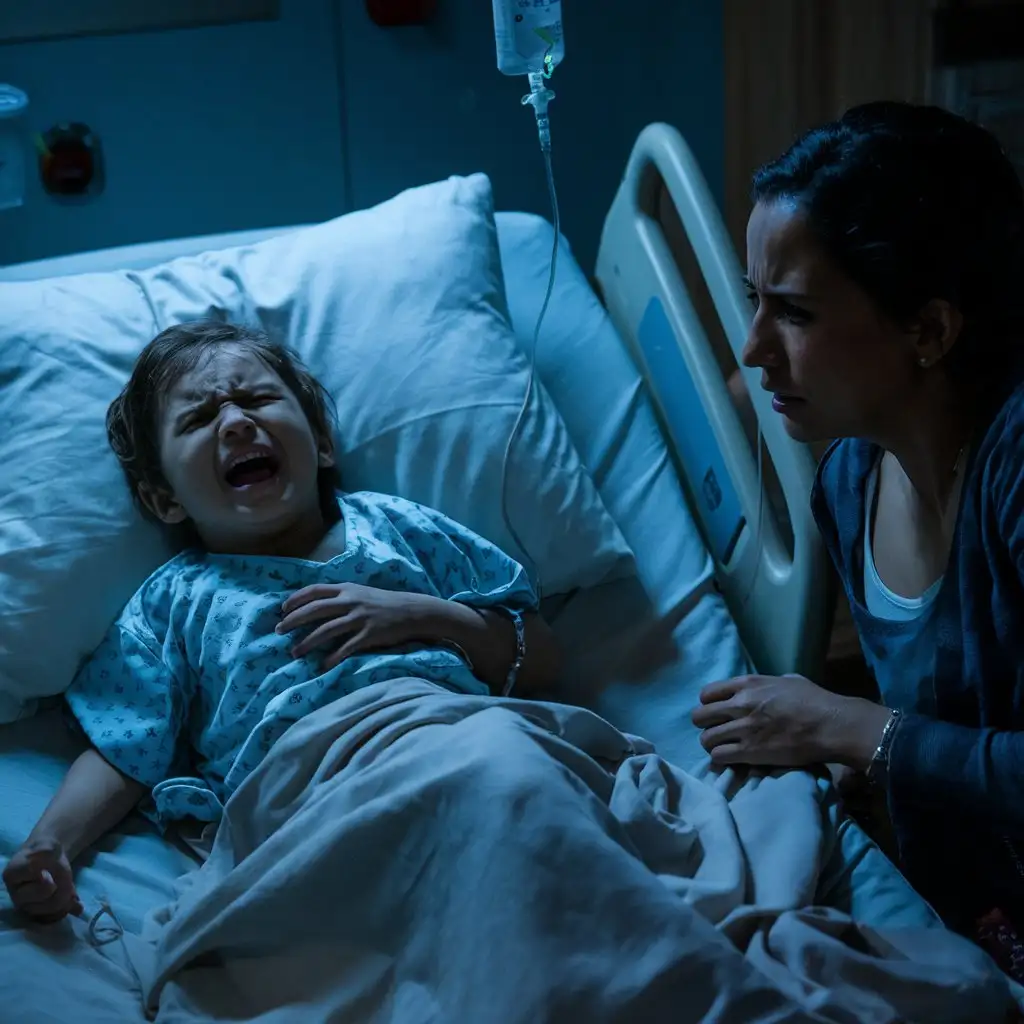

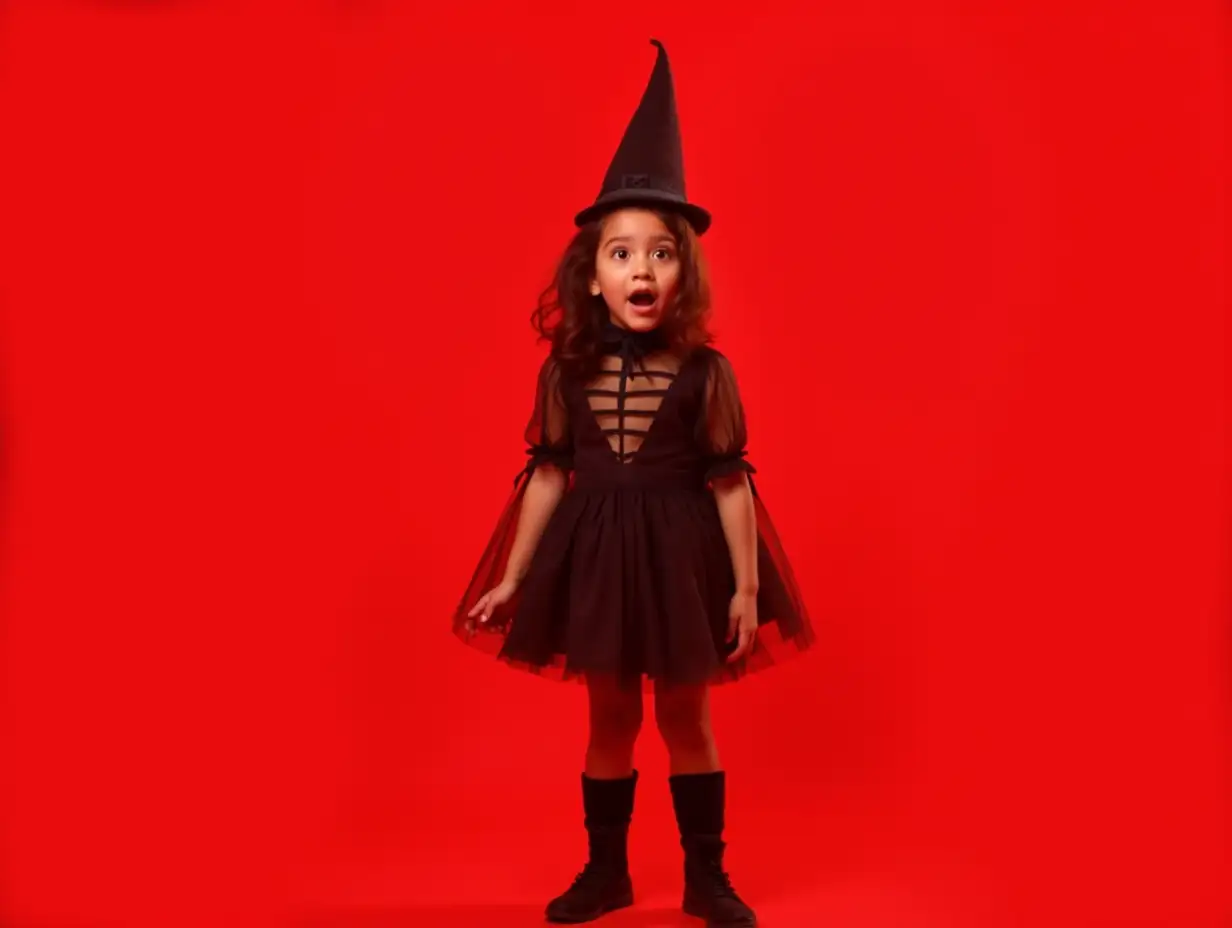
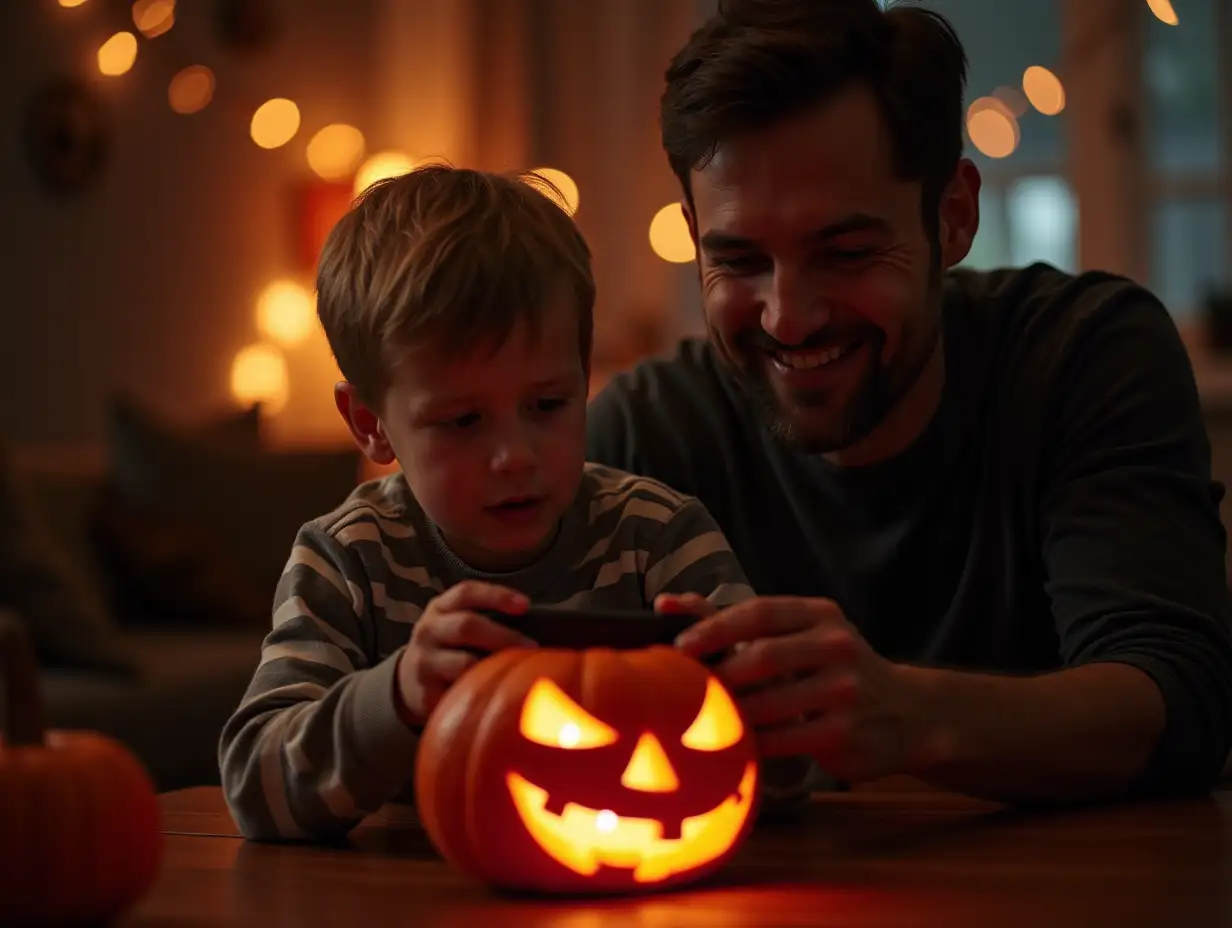
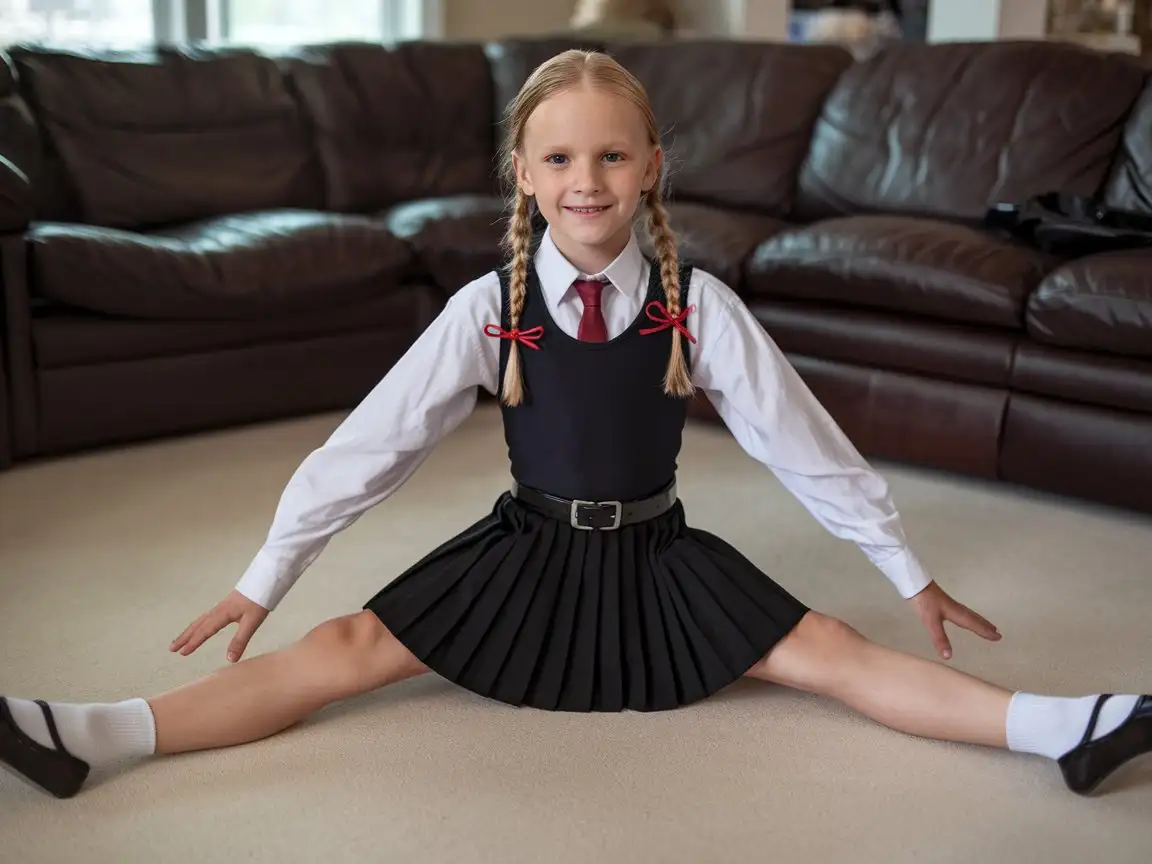
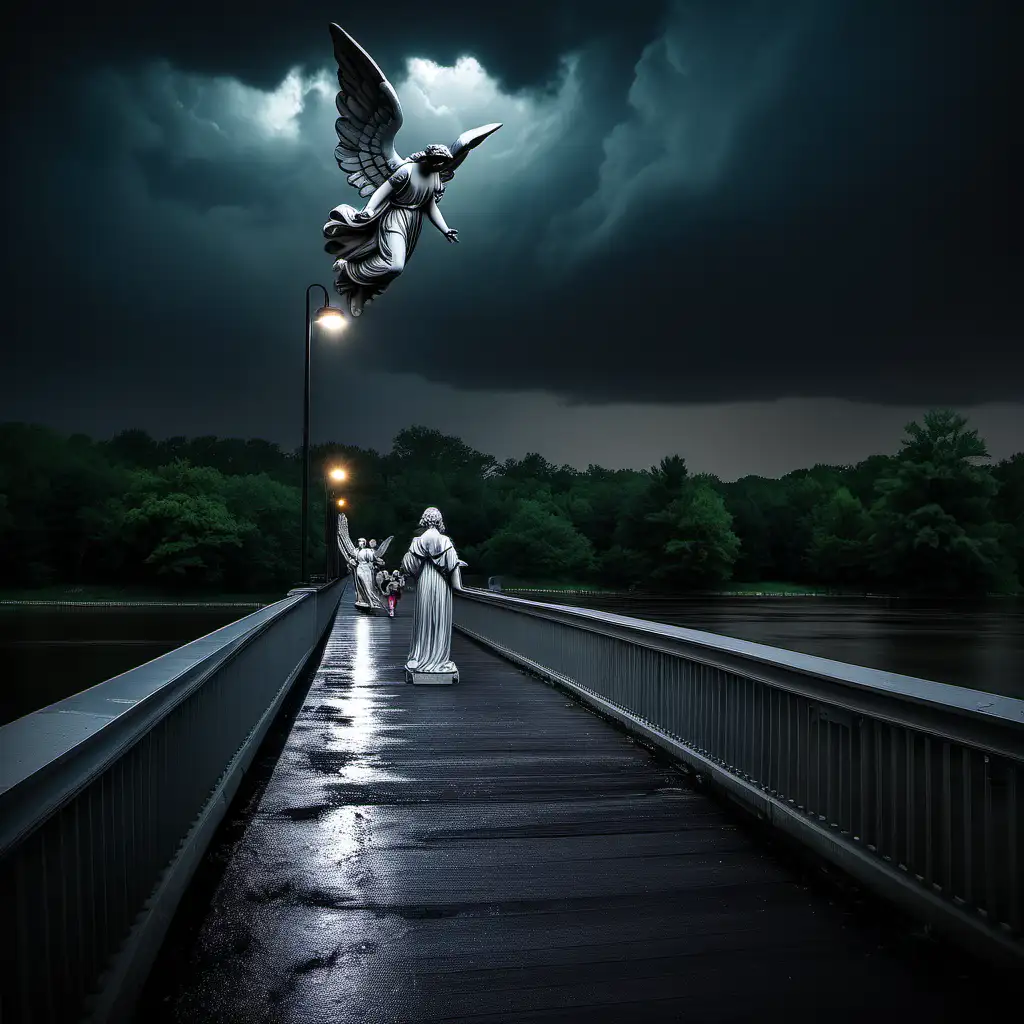
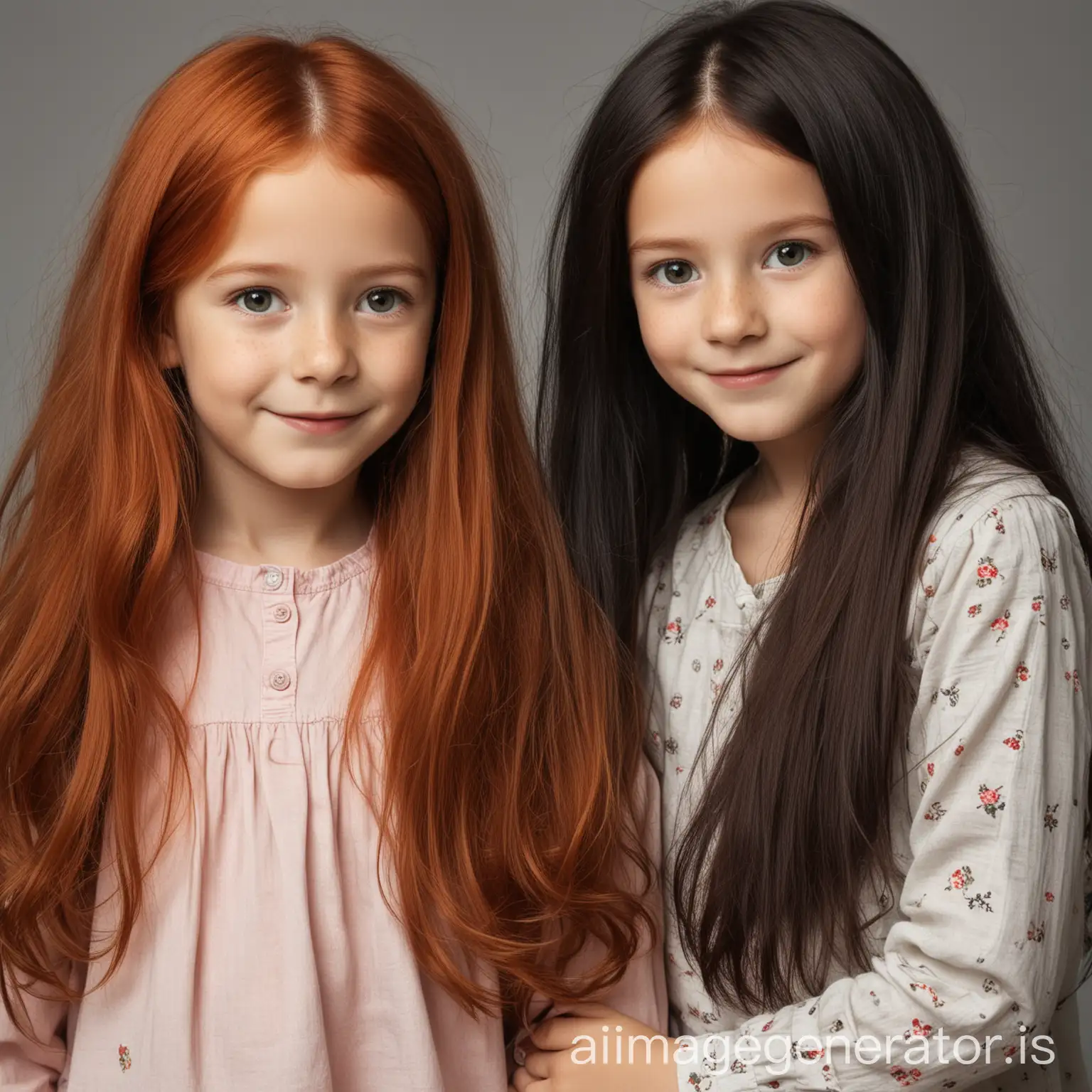
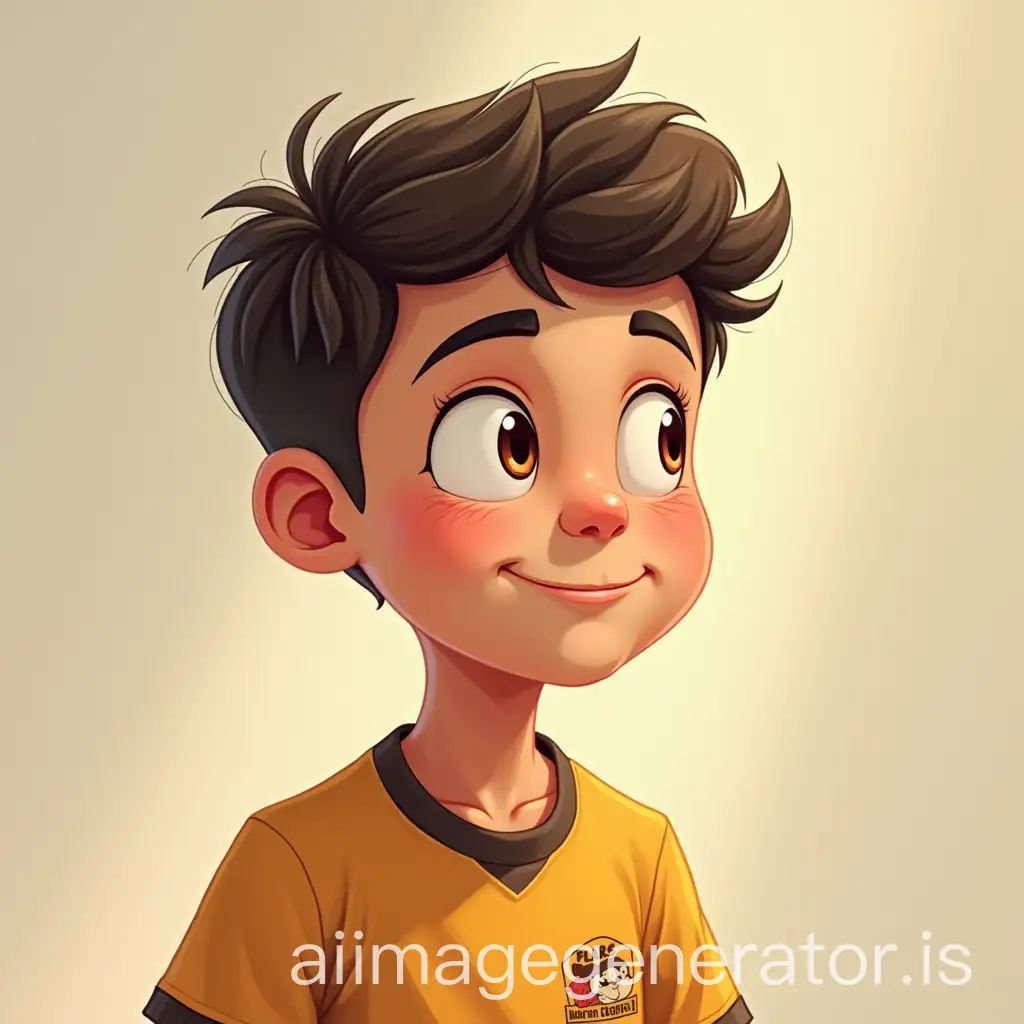
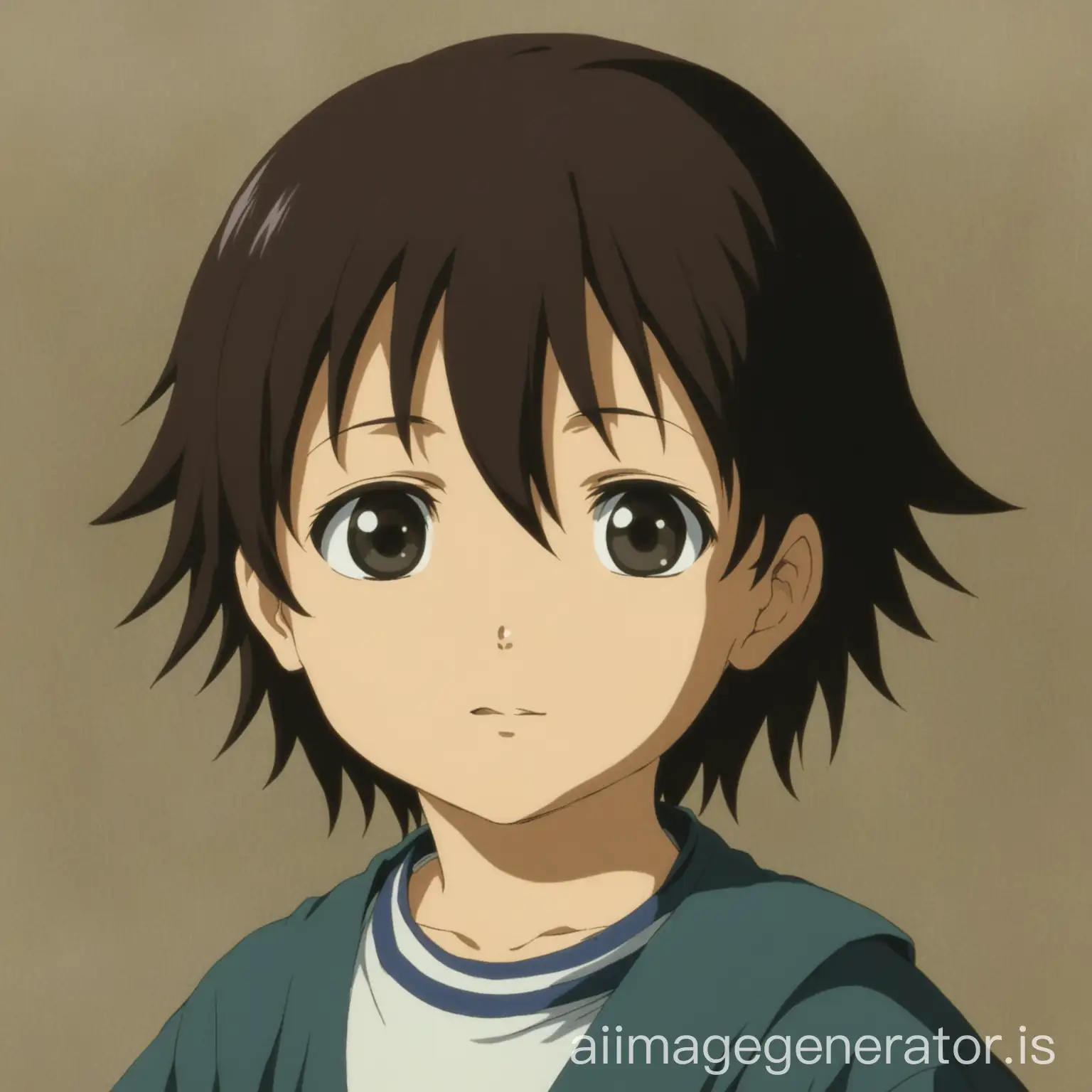
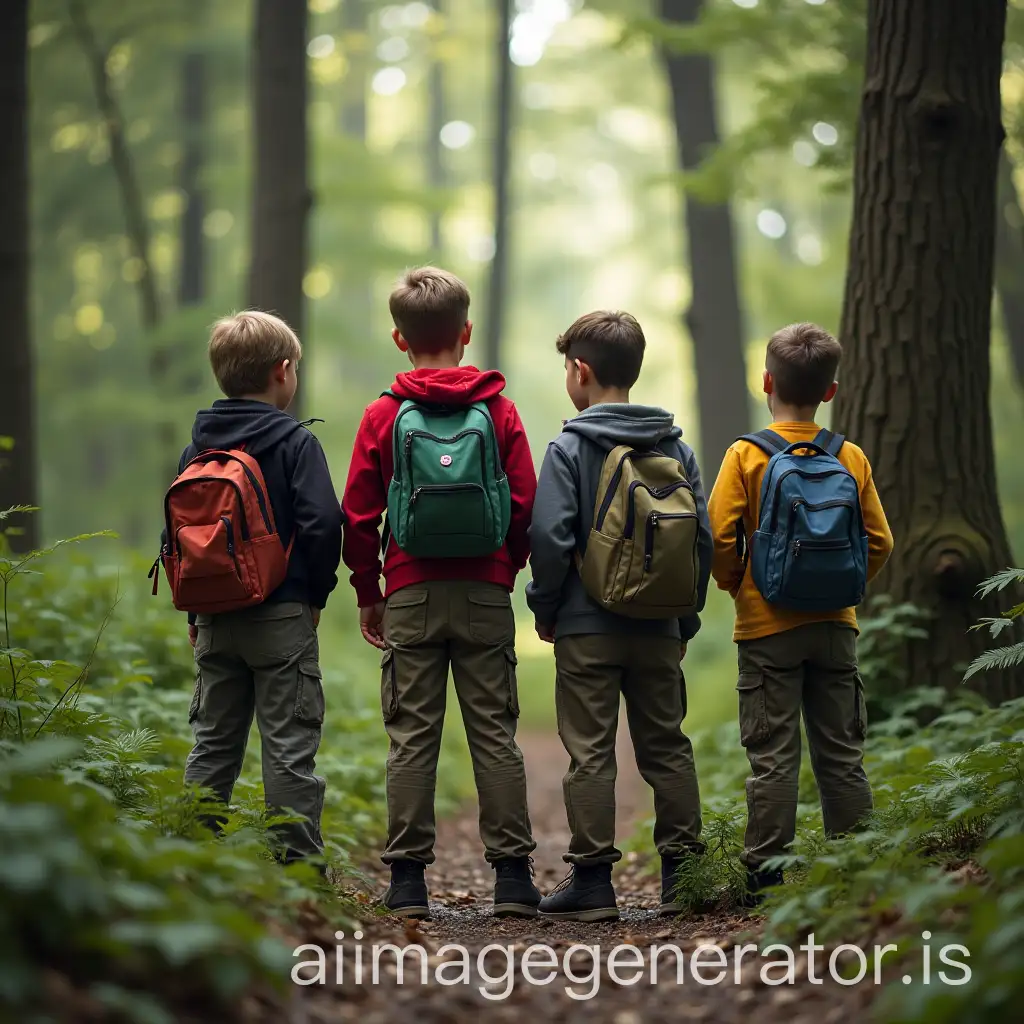
The concept of childhood in art has evolved dramatically over the centuries. Historically, children were often depicted as miniature adults, reflecting the societal view of them as incomplete beings on their way to adulthood. However, the Romantic era brought a shift, emphasizing innocence and imagination as defining traits of childhood. This change laid the foundation for modern portrayals, where childhood is celebrated as a unique phase of life, full of exploration and wonder. In contemporary art, this perspective is further expanded with the use of digital and AI-generated images, which capture not only the innocence and playfulness of childhood but also its complexity and diversity across different cultures. AI art platforms, with their vast libraries of images, allow artists and users to explore these themes through customizable designs, making it easier than ever to visualize the multifaceted nature of childhood.
Understanding the Meaning and Evolution of Childhood in Art
AI-generated images tagged with 'Childhood' exhibit several unique characteristics. These images often emphasize elements such as innocence, curiosity, and the joy of exploration, frequently featuring playful scenes, bright colors, and youthful subjects. The use of AI allows for the creation of highly detailed and imaginative compositions, offering unique perspectives on childhood themes. These images have a wide range of applications across various fields, including education, marketing, and media. In educational settings, childhood images are used to create engaging learning materials that captivate young audiences, while in marketing, they help evoke emotions that resonate with consumers, especially in family-oriented or child-focused products. Moreover, in the realm of storytelling and media, childhood-themed illustrations and vectors are utilized to craft narratives that appeal to both children and adults, celebrating the universal experiences of growing up. The versatility and accessibility of AI-generated childhood images make them invaluable assets for professionals seeking creative and impactful visuals.
Characteristics and Applications: How Childhood Images Are Used
Several artists have made significant contributions to how childhood is depicted in art, and their works continue to influence modern interpretations. Norman Rockwell, renowned for his iconic Saturday Evening Post covers, captured the spirit of American childhood with warmth and humor, focusing on everyday moments that resonate with audiences. Mary Cassatt, an Impressionist known for her tender portrayals of mothers and children, brought an intimate and empathetic perspective to childhood, highlighting the familial bond and innocence of youth. AI-generated art platforms have opened up new possibilities, allowing artists to draw inspiration from these classical works while experimenting with digital mediums to create fresh, innovative interpretations of childhood. This fusion of traditional artistry with modern technology enriches the visual landscape, offering endless opportunities for artists to explore and redefine childhood themes. As AI continues to evolve, we can expect to see even more groundbreaking contributions to the art world, further expanding our understanding and appreciation of childhood in art.
Notable Artists and Their Impact on Depictions of Childhood
The future of AI-generated childhood imagery holds exciting possibilities as technology advances. One of the emerging trends is the increasing use of generative AI models that can create hyper-realistic and highly detailed images, providing artists and creators with unprecedented control over visual elements. This allows for personalized and culturally diverse representations of childhood, reflecting the globalized nature of today's world. Another trend is the integration of interactive and dynamic elements into AI-generated images, enabling users to explore and manipulate scenes in real-time, enhancing the storytelling and educational potential of childhood-themed visuals. Moreover, as AI becomes more accessible and user-friendly, we can anticipate a democratization of art creation, empowering more individuals to express their unique interpretations of childhood. The collaboration between AI and human creativity will likely lead to a richer, more diverse array of imagery, pushing the boundaries of how we perceive and represent childhood in art. These trends highlight the transformative impact of AI on the art world, offering new opportunities for innovation and expression.
Future Trends in AI-Generated Childhood Imagery